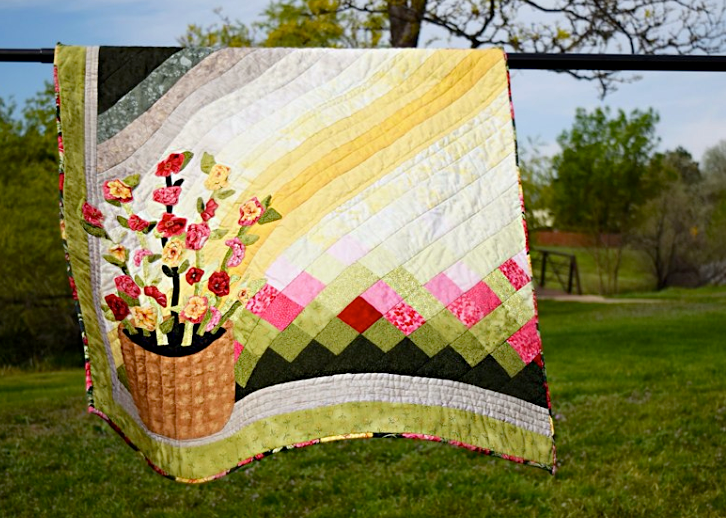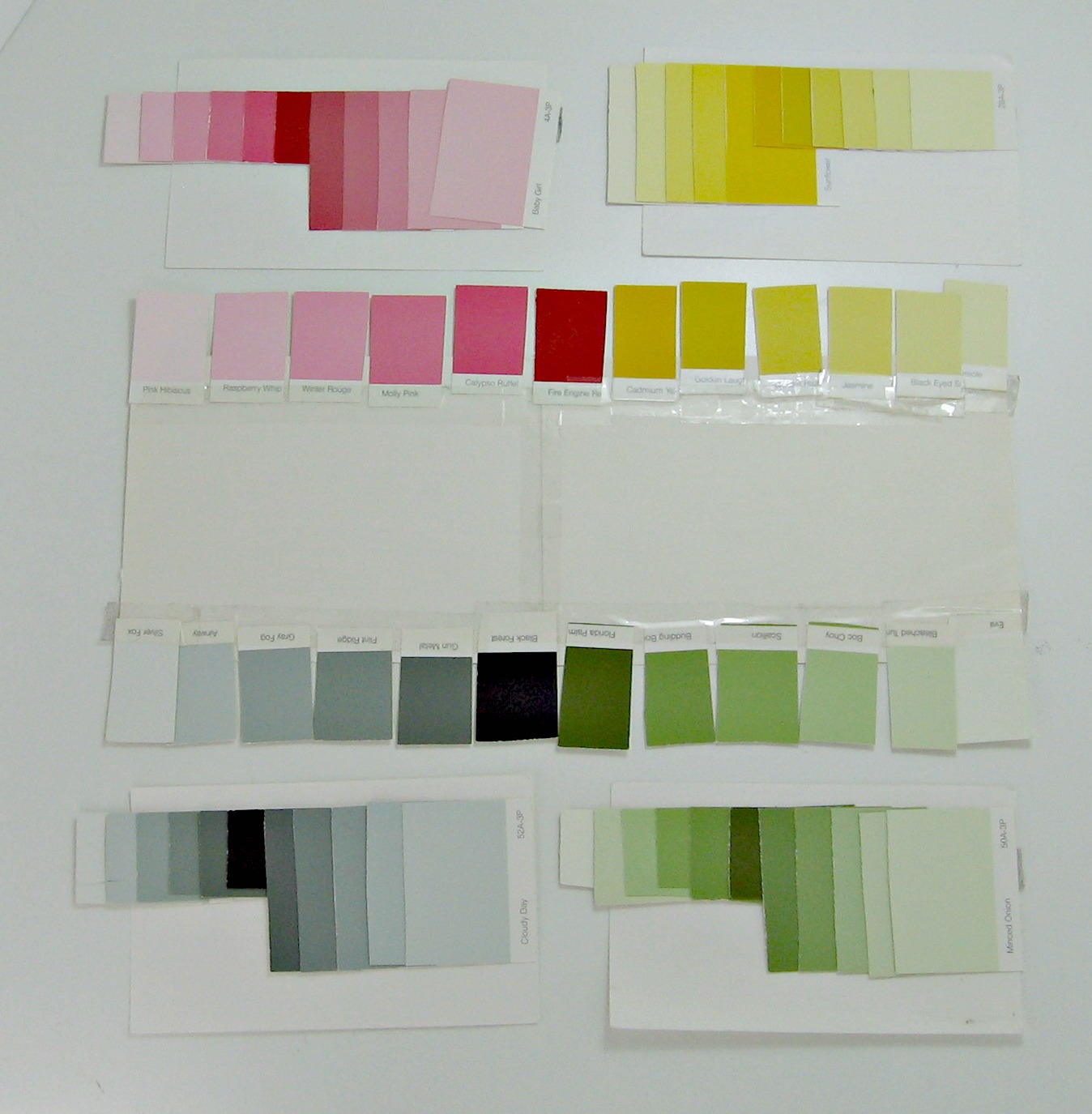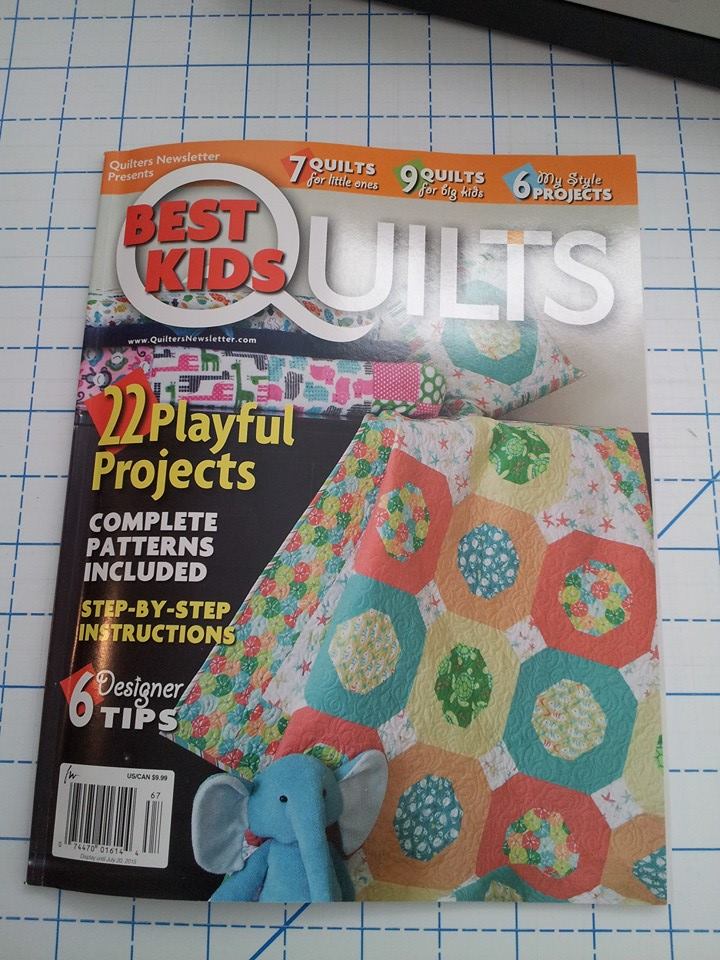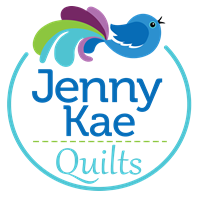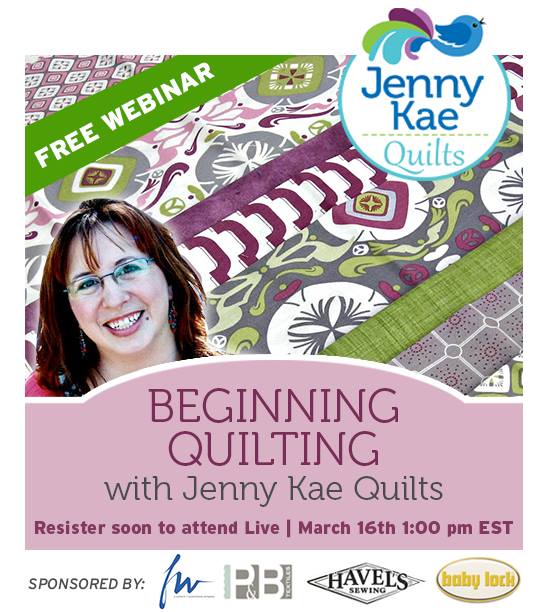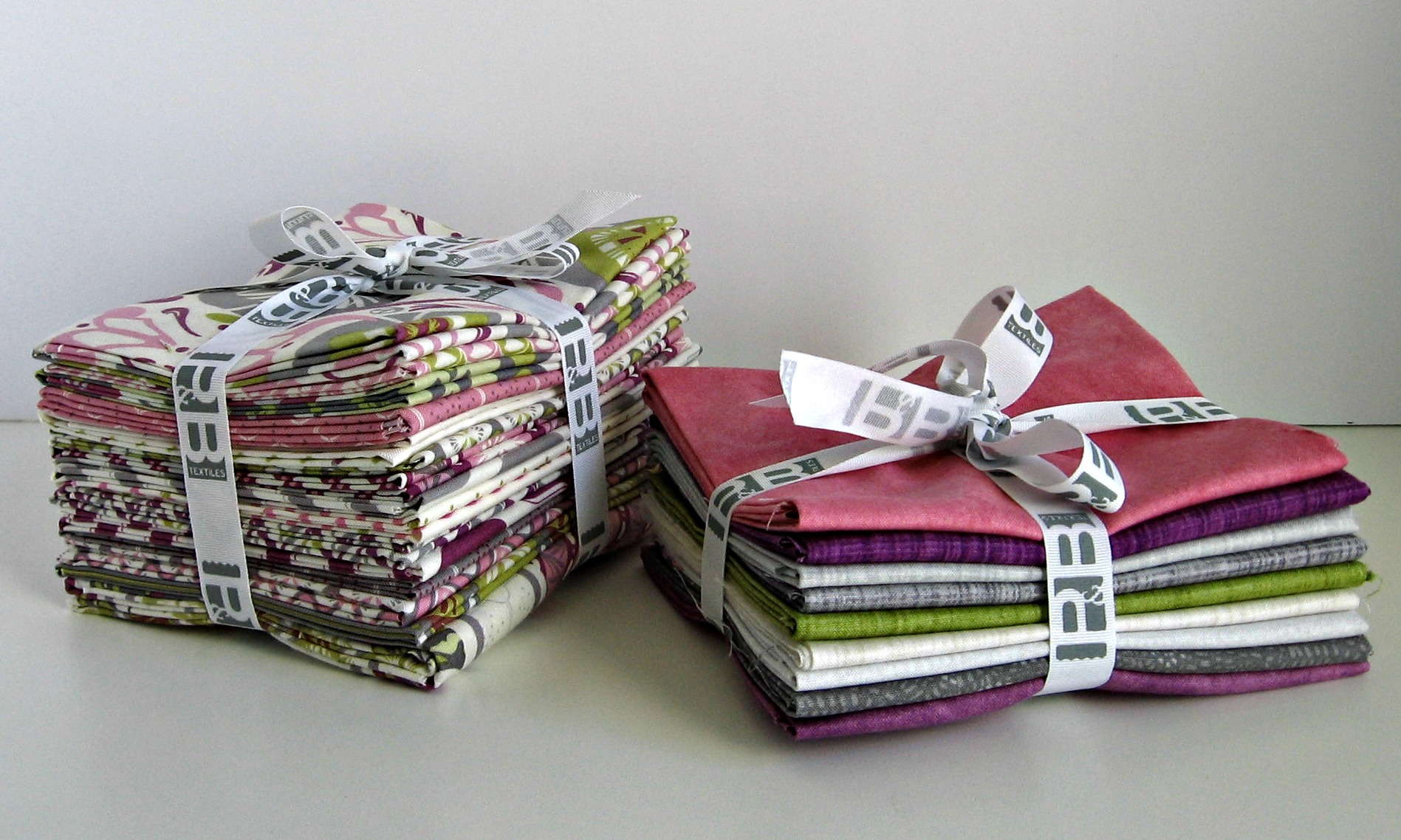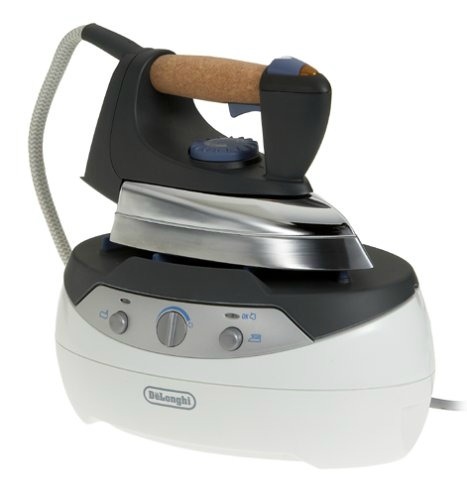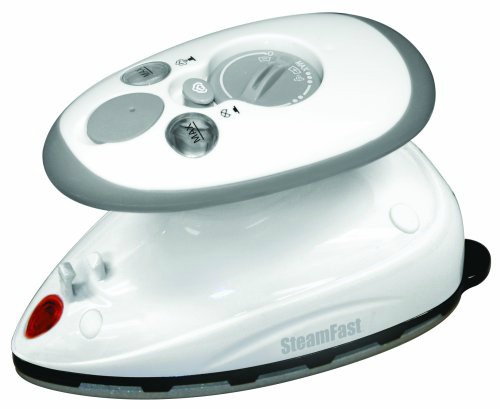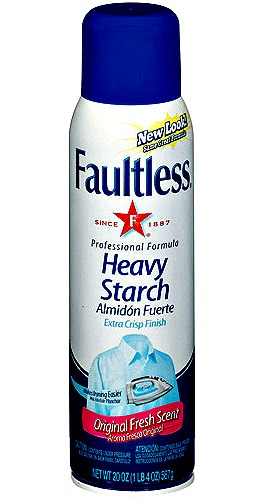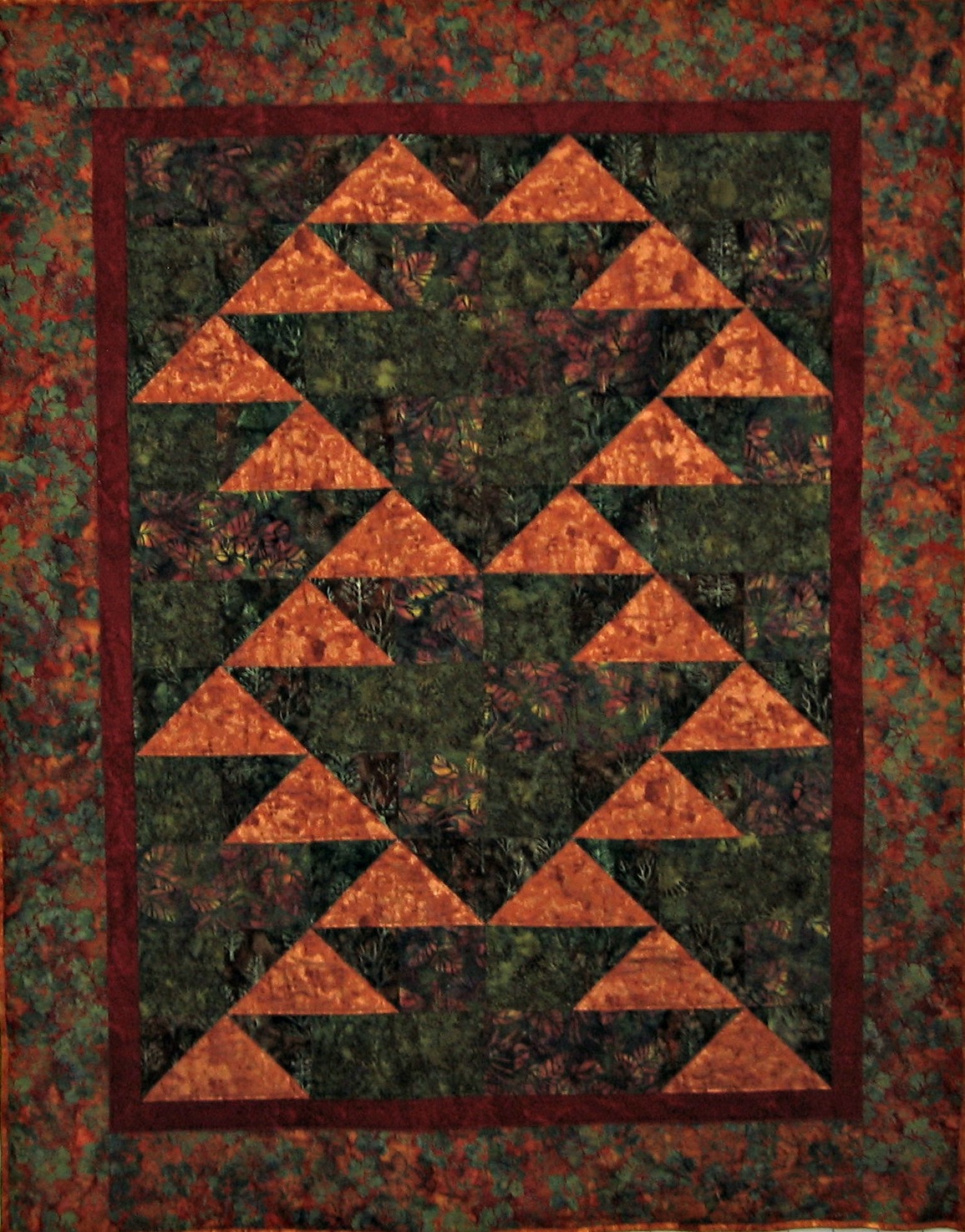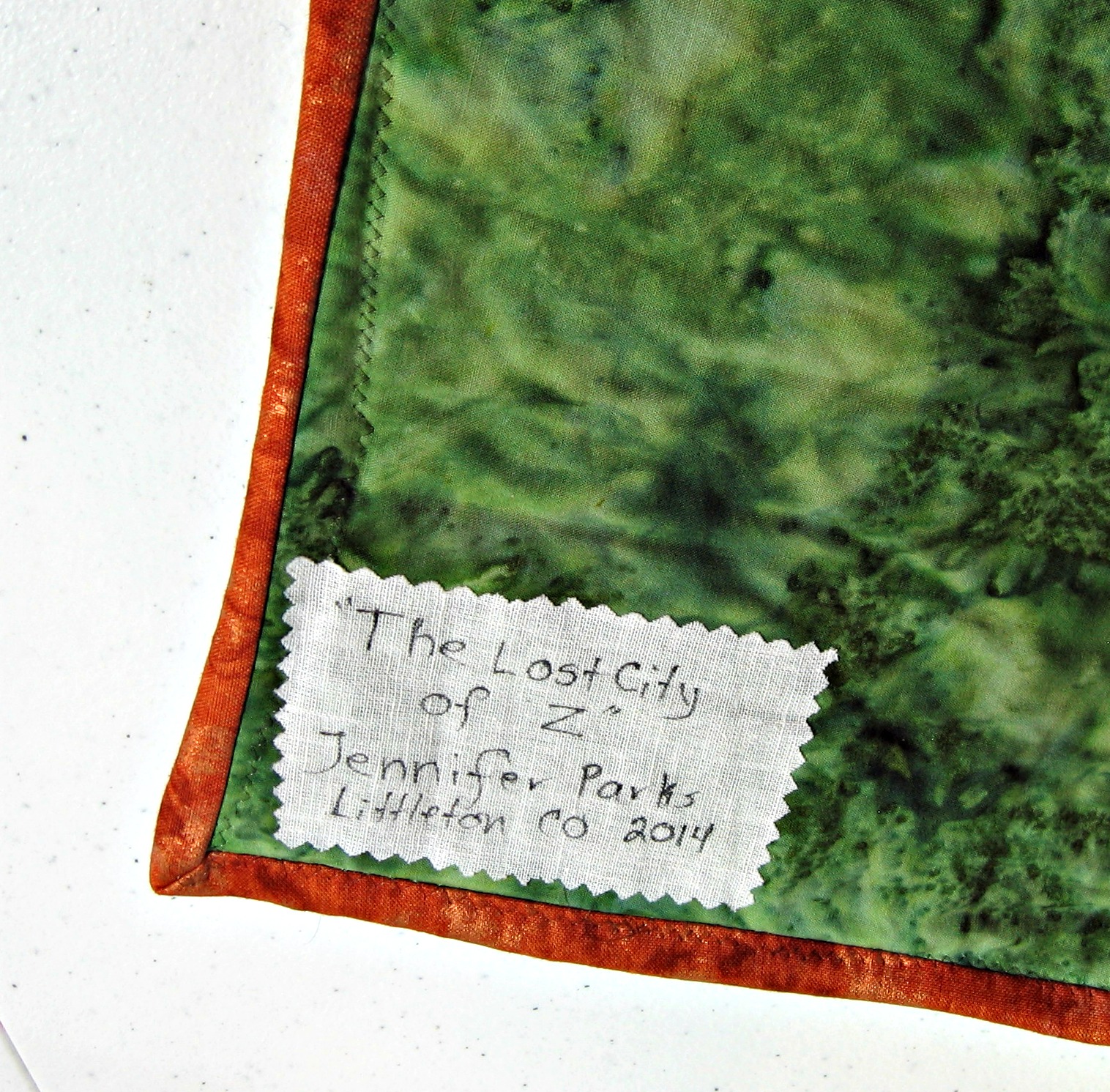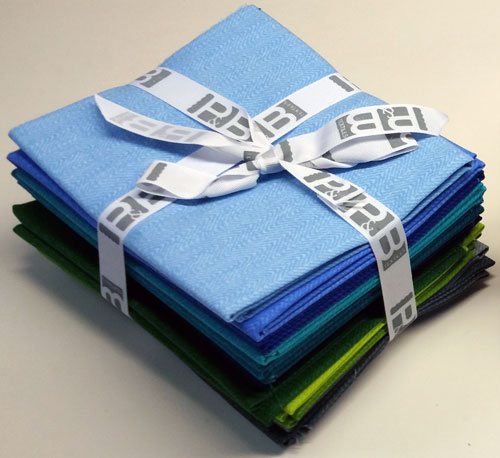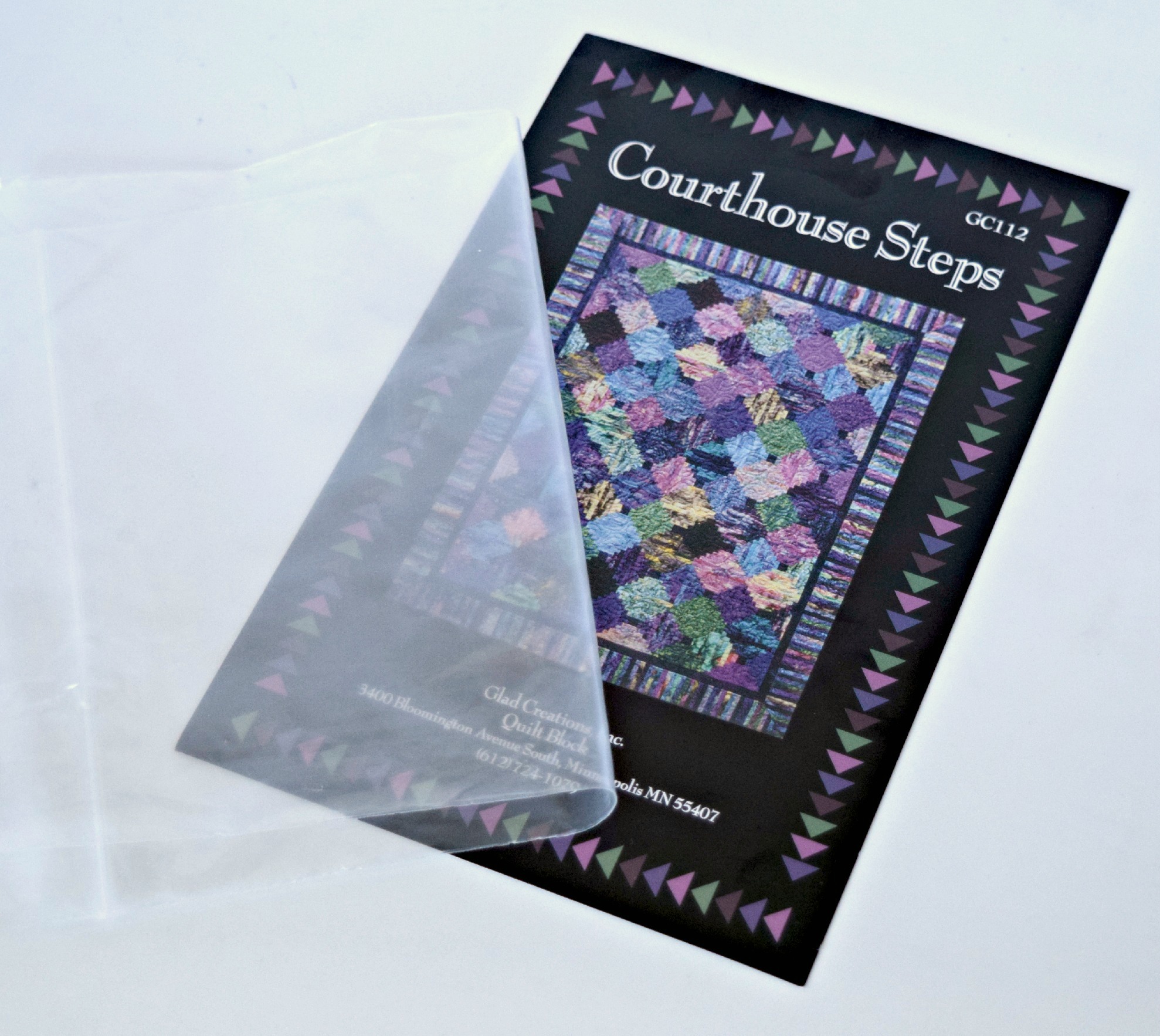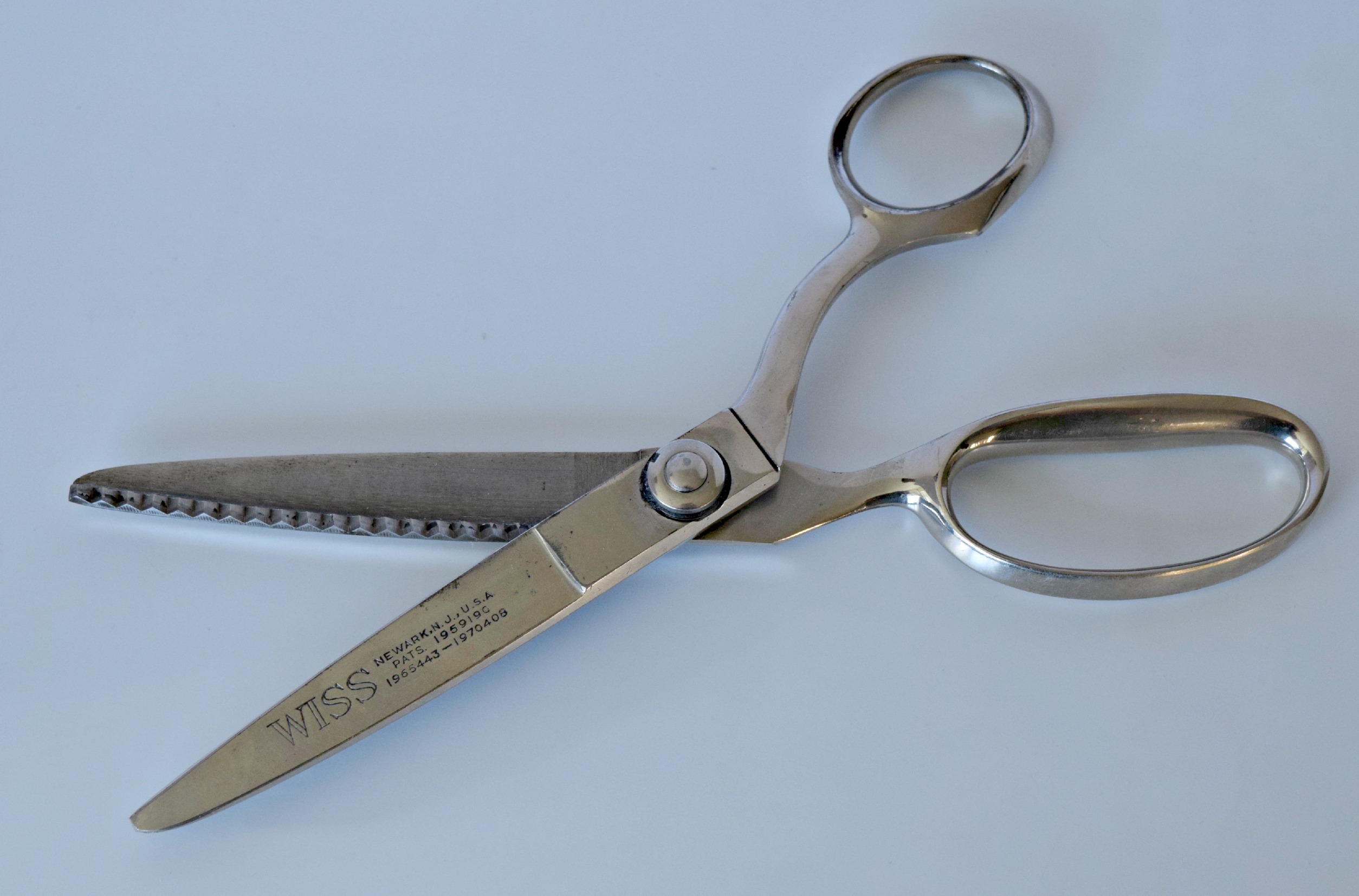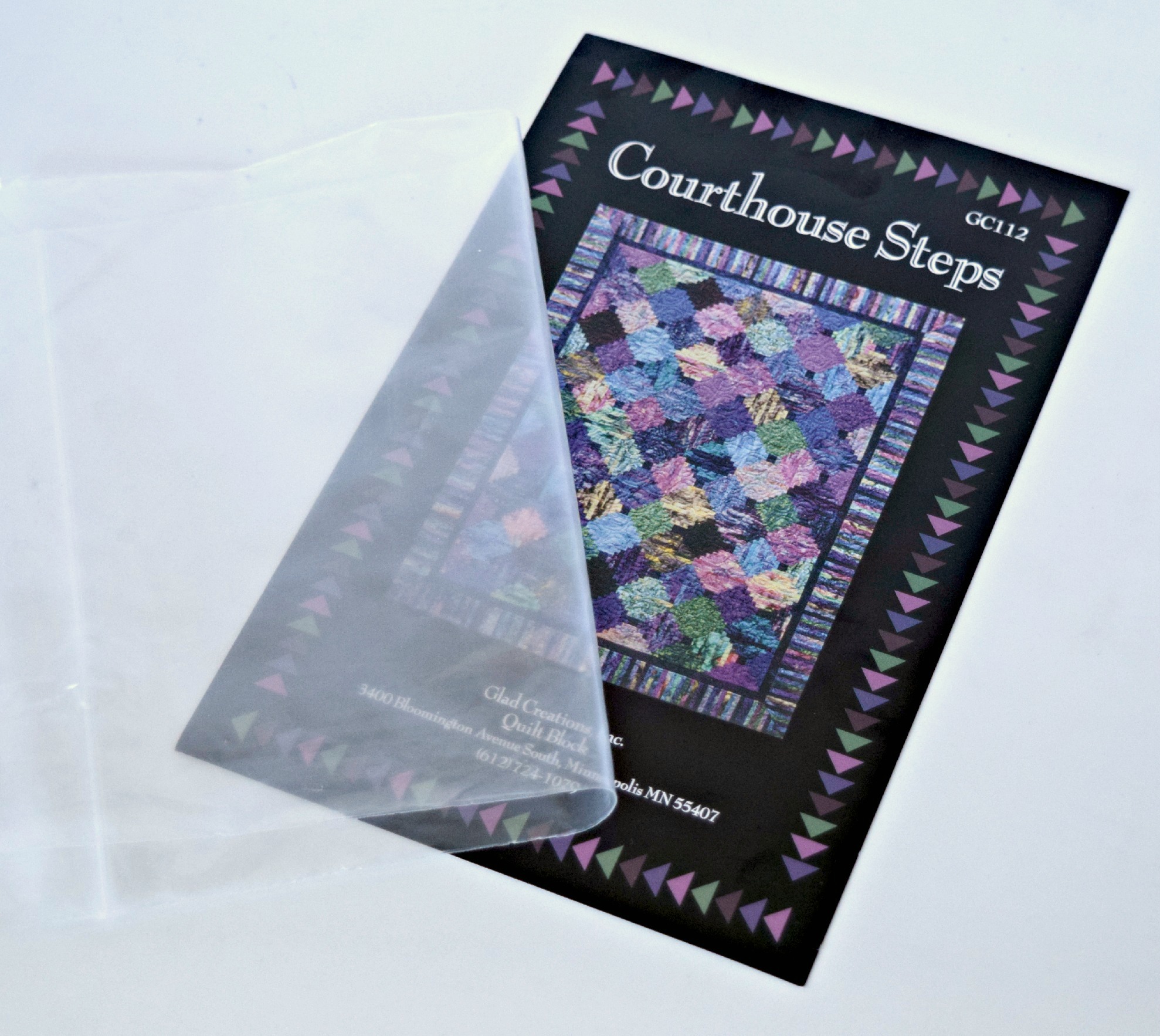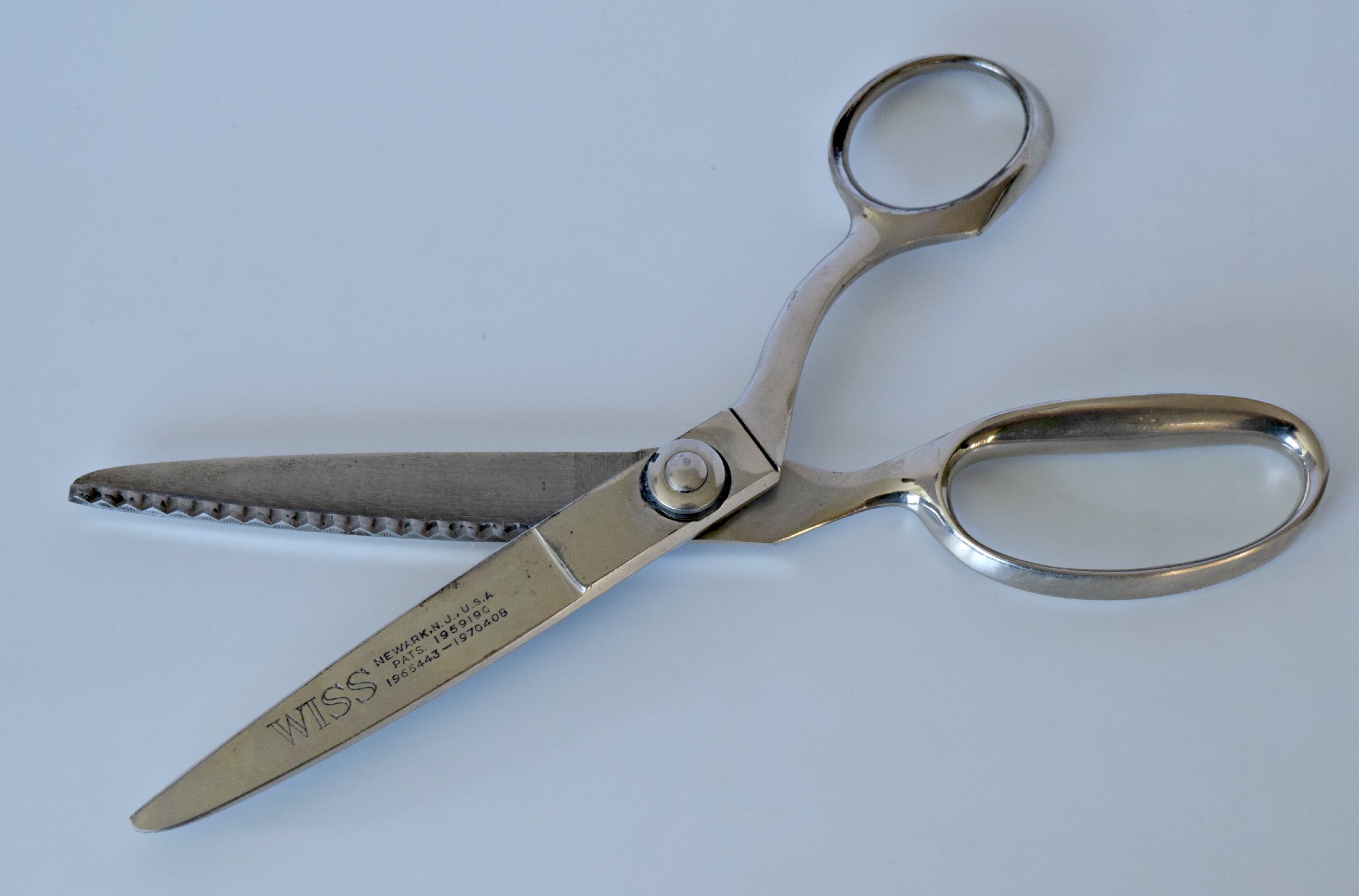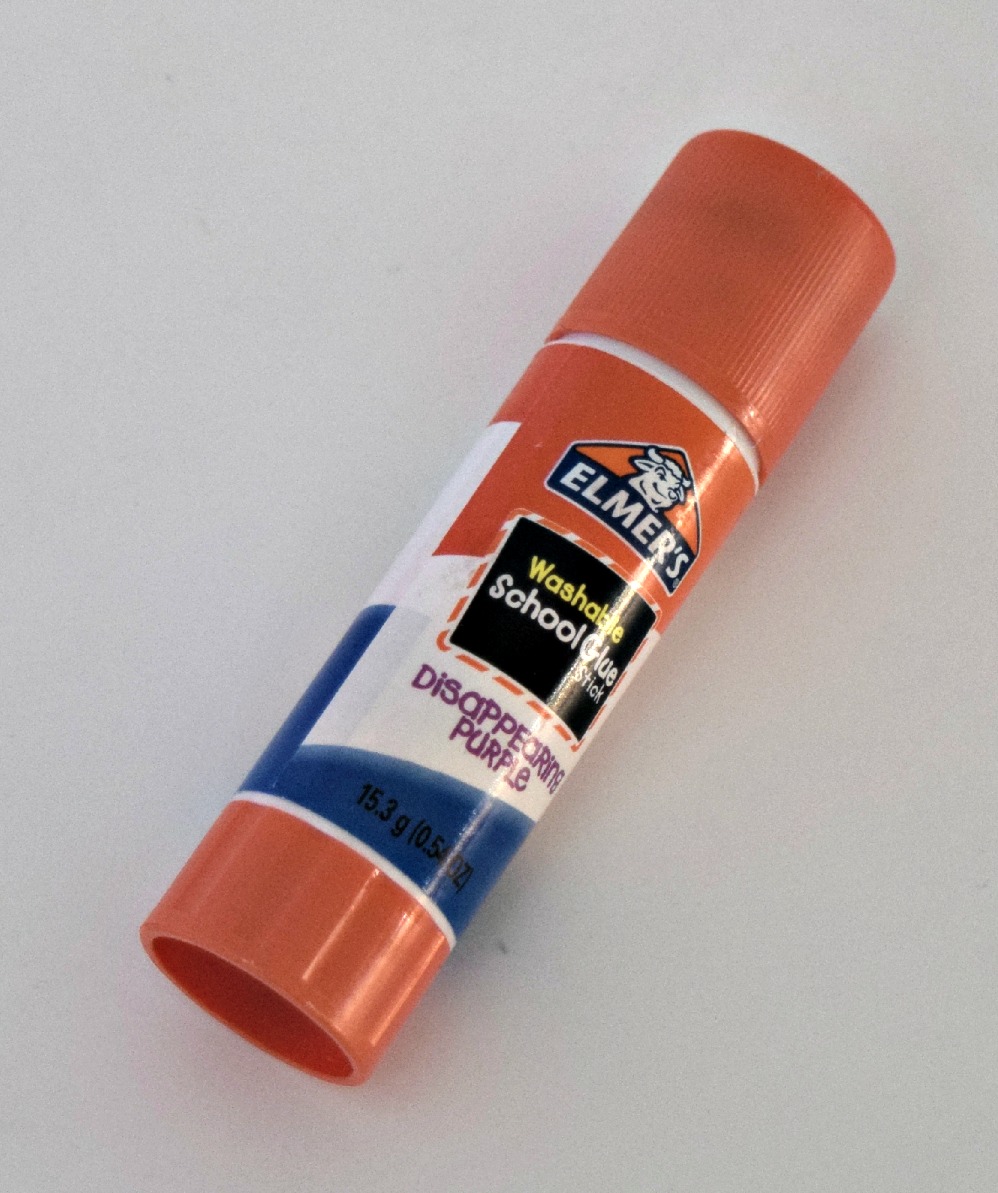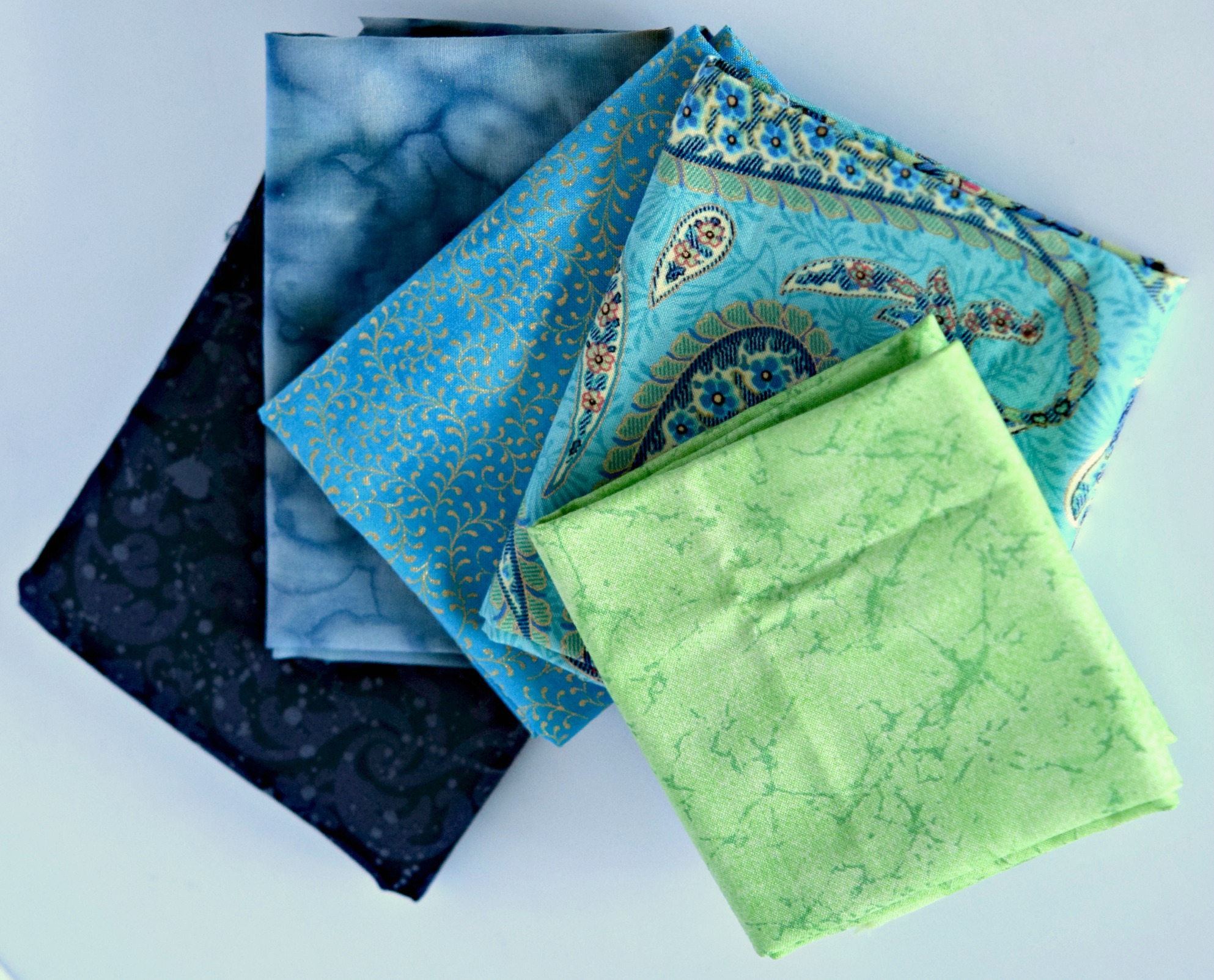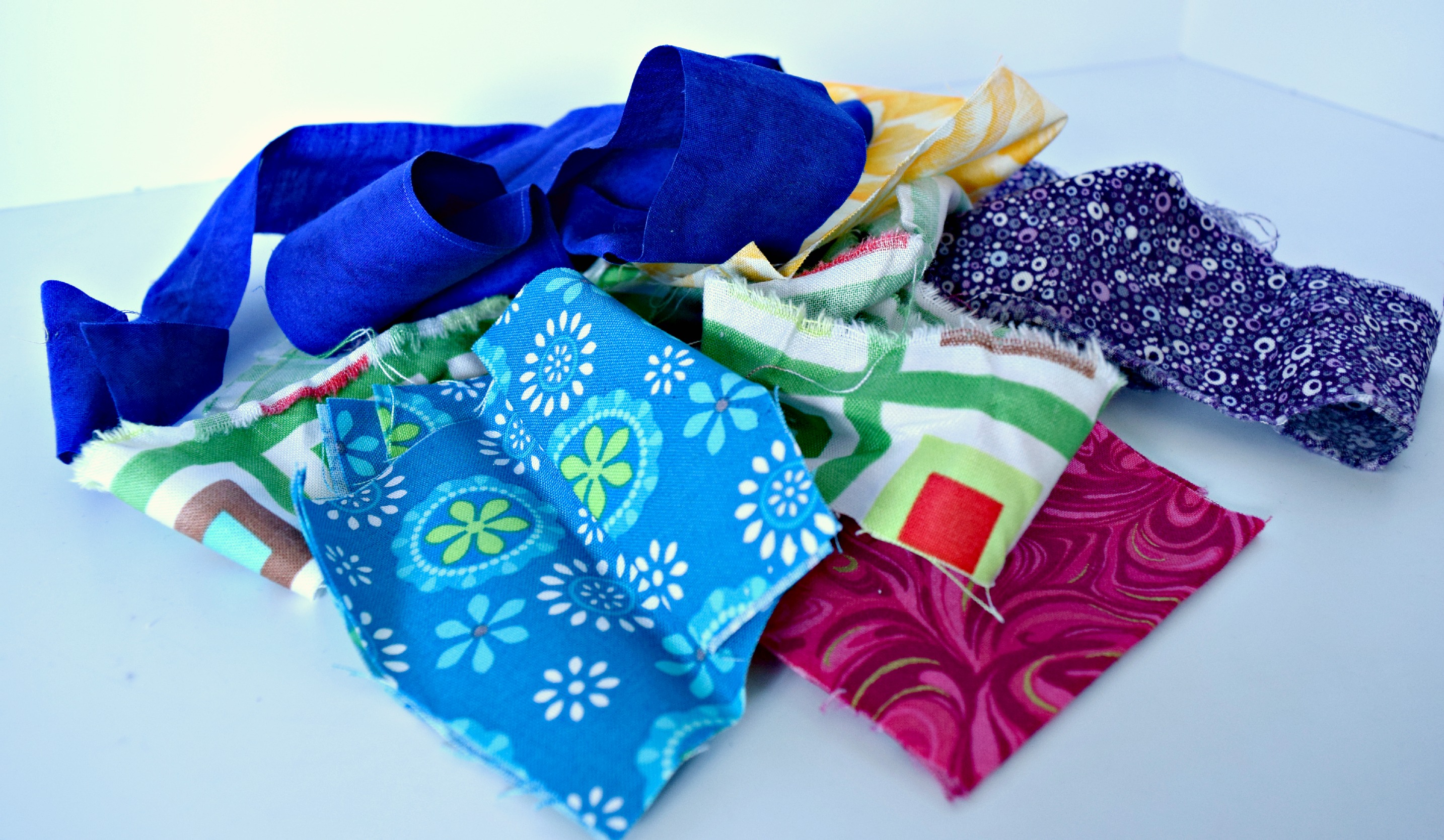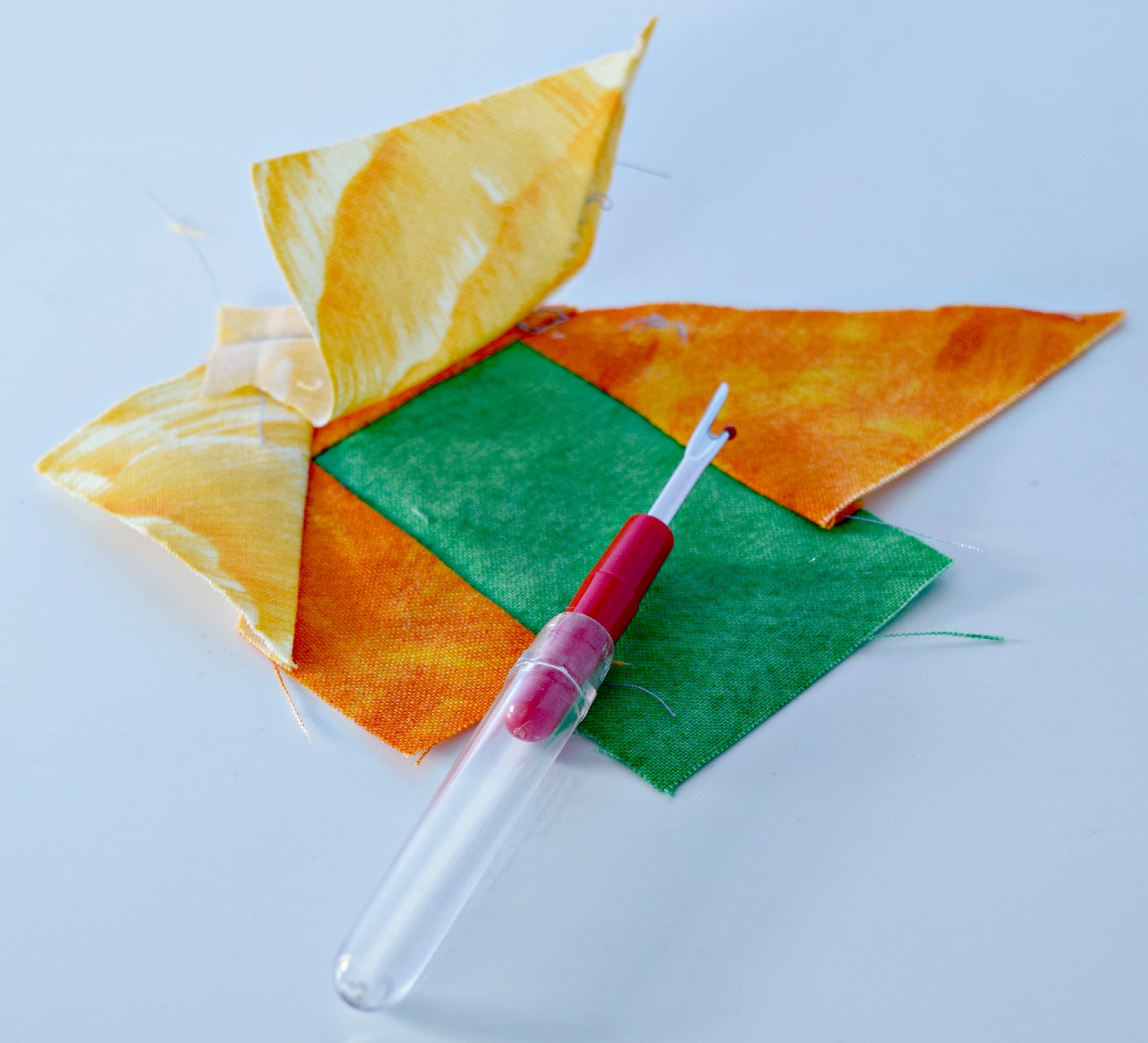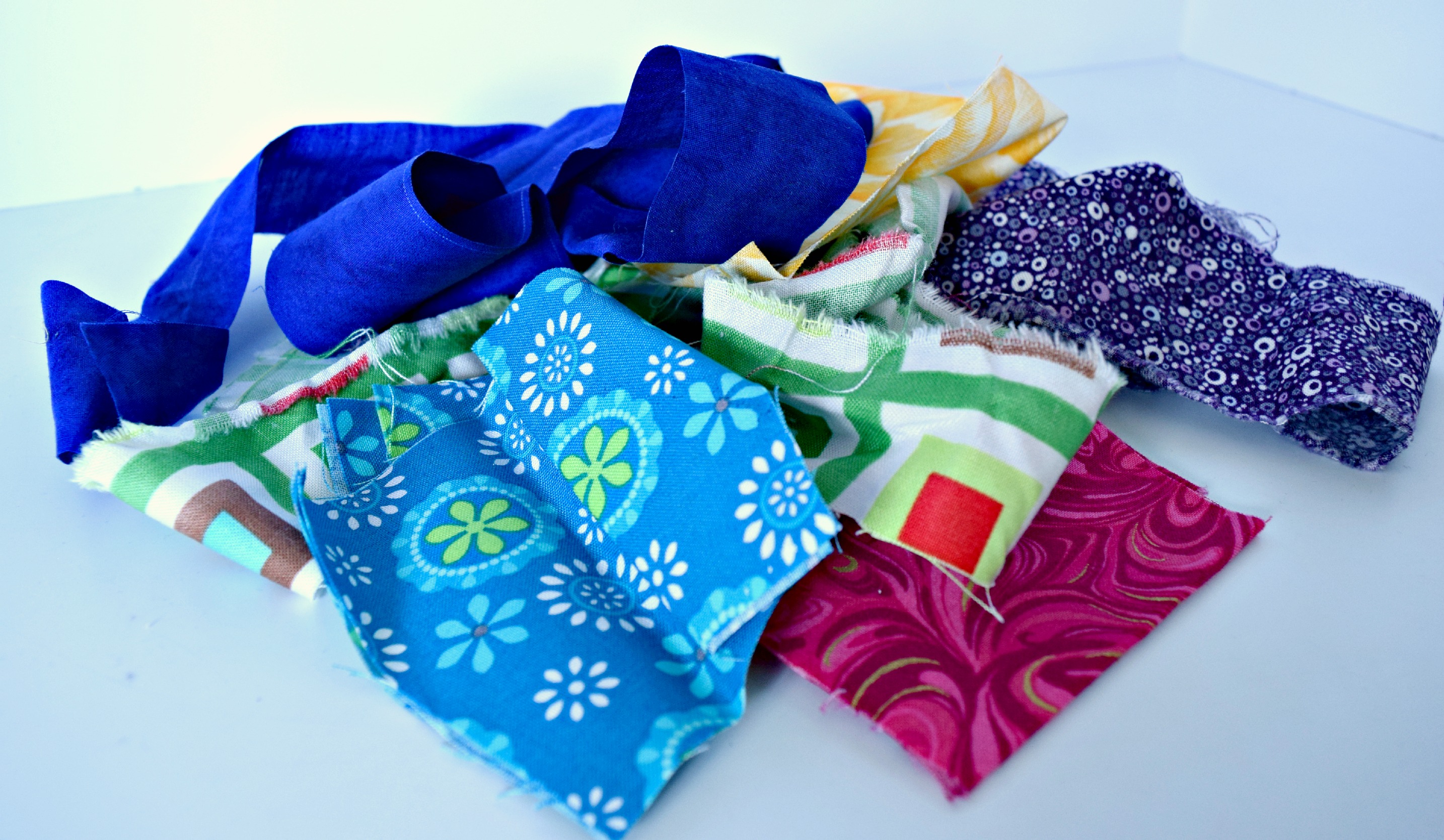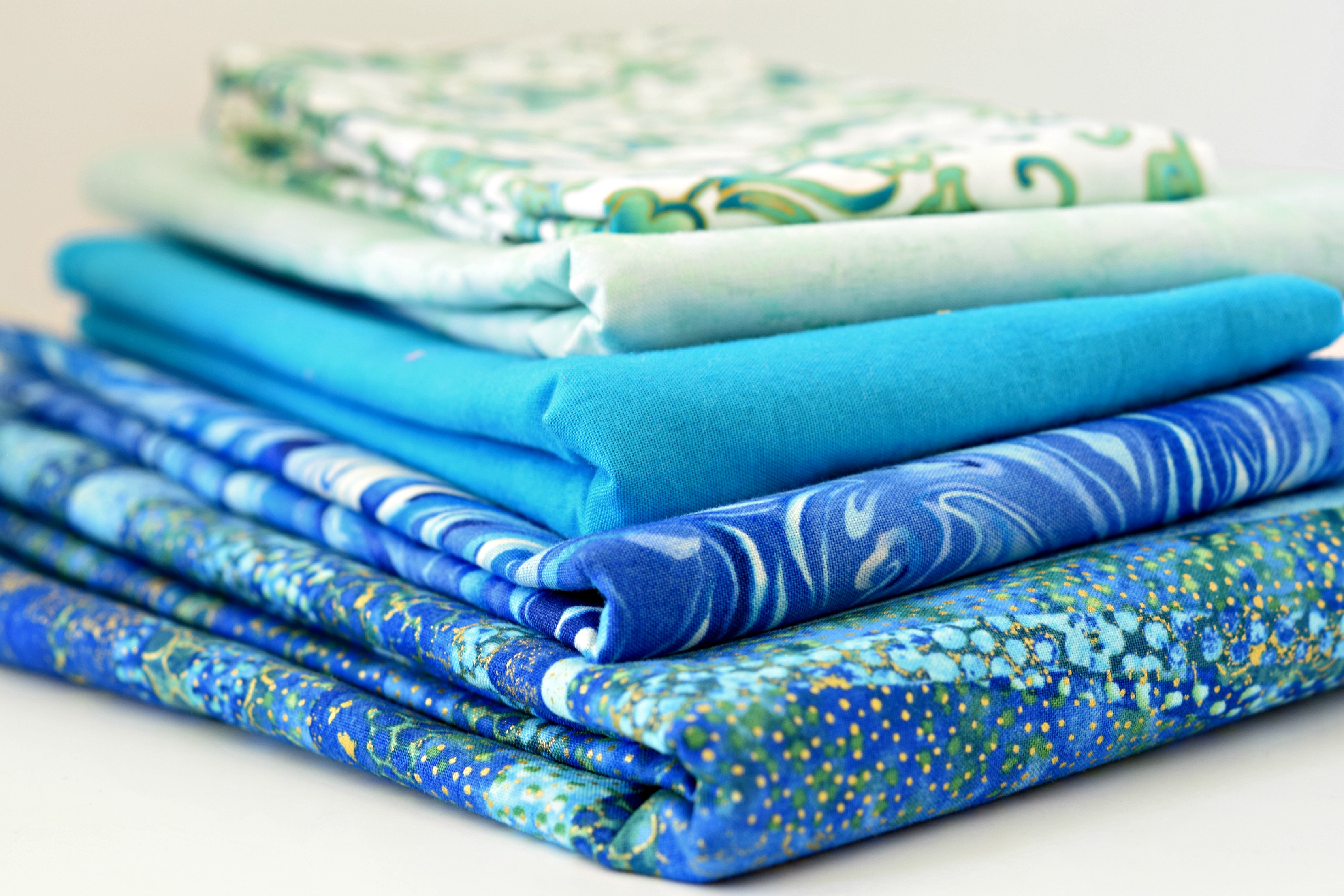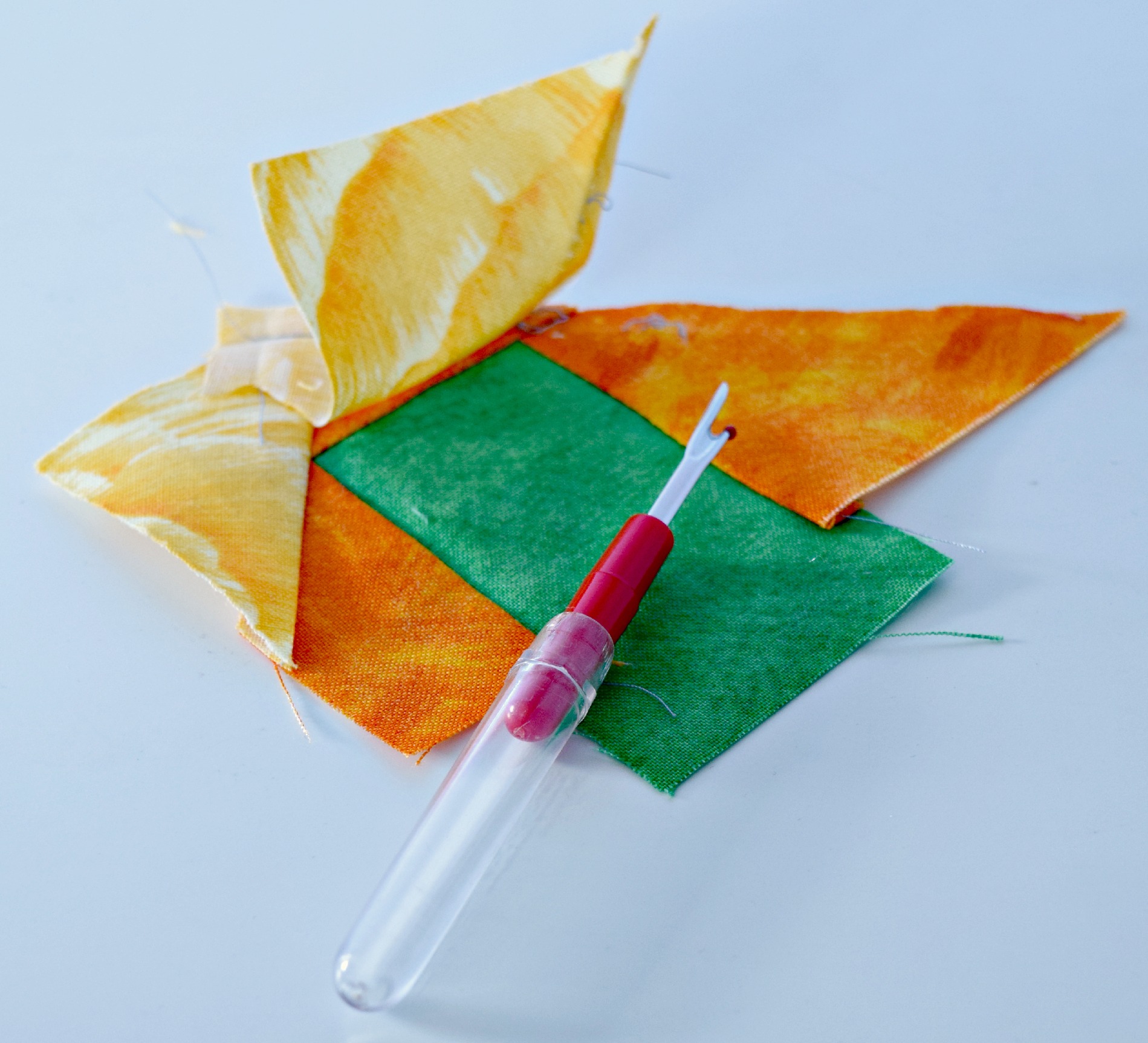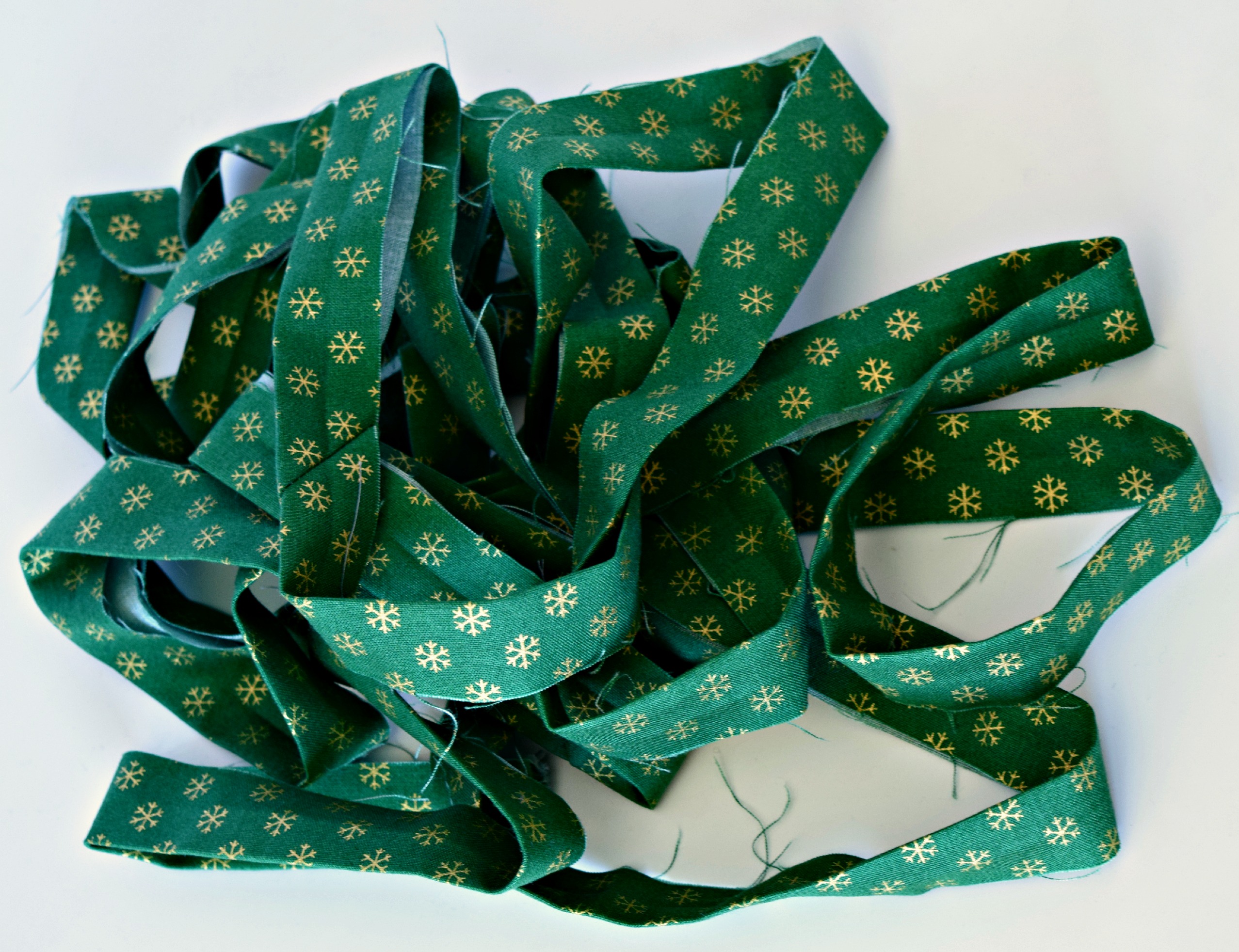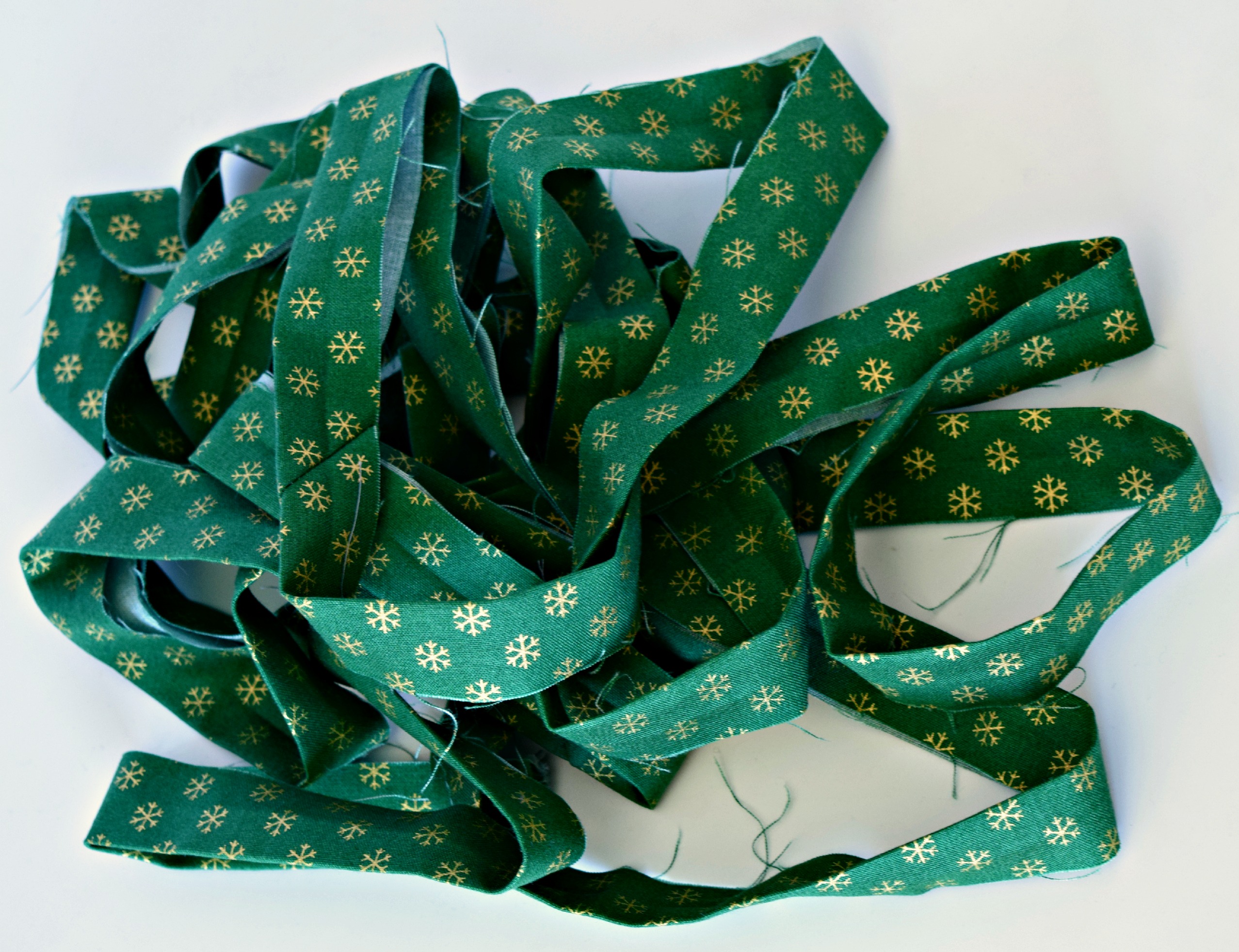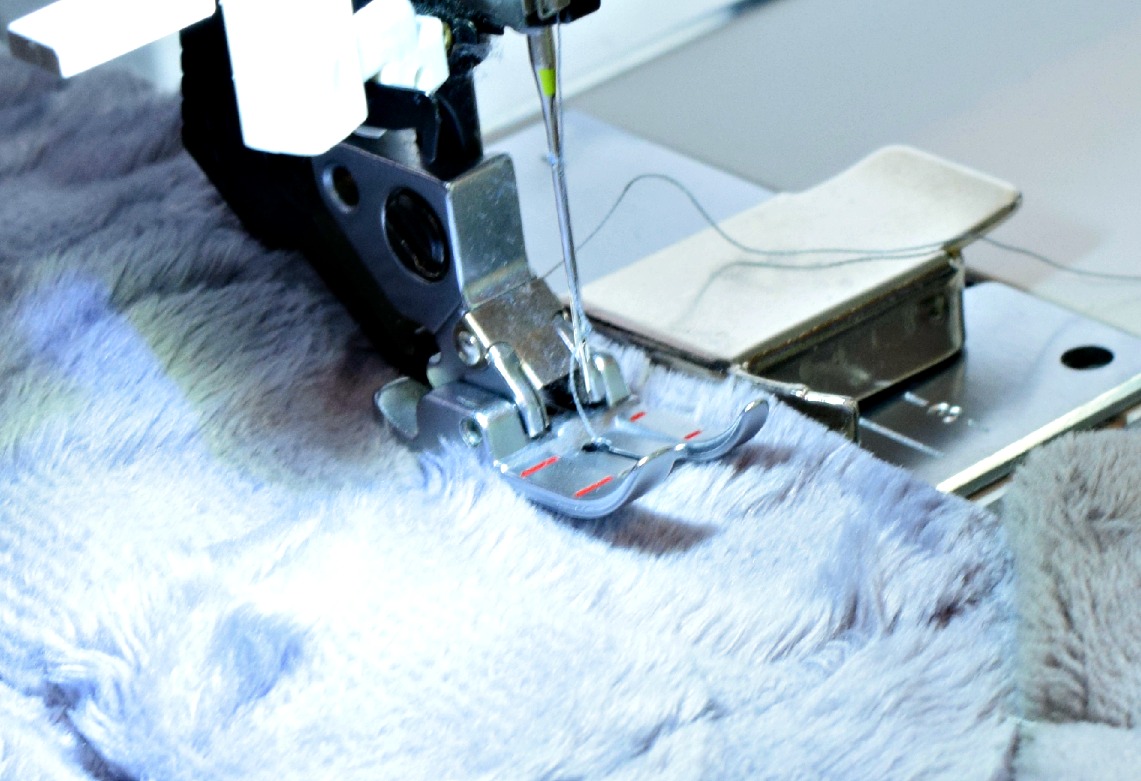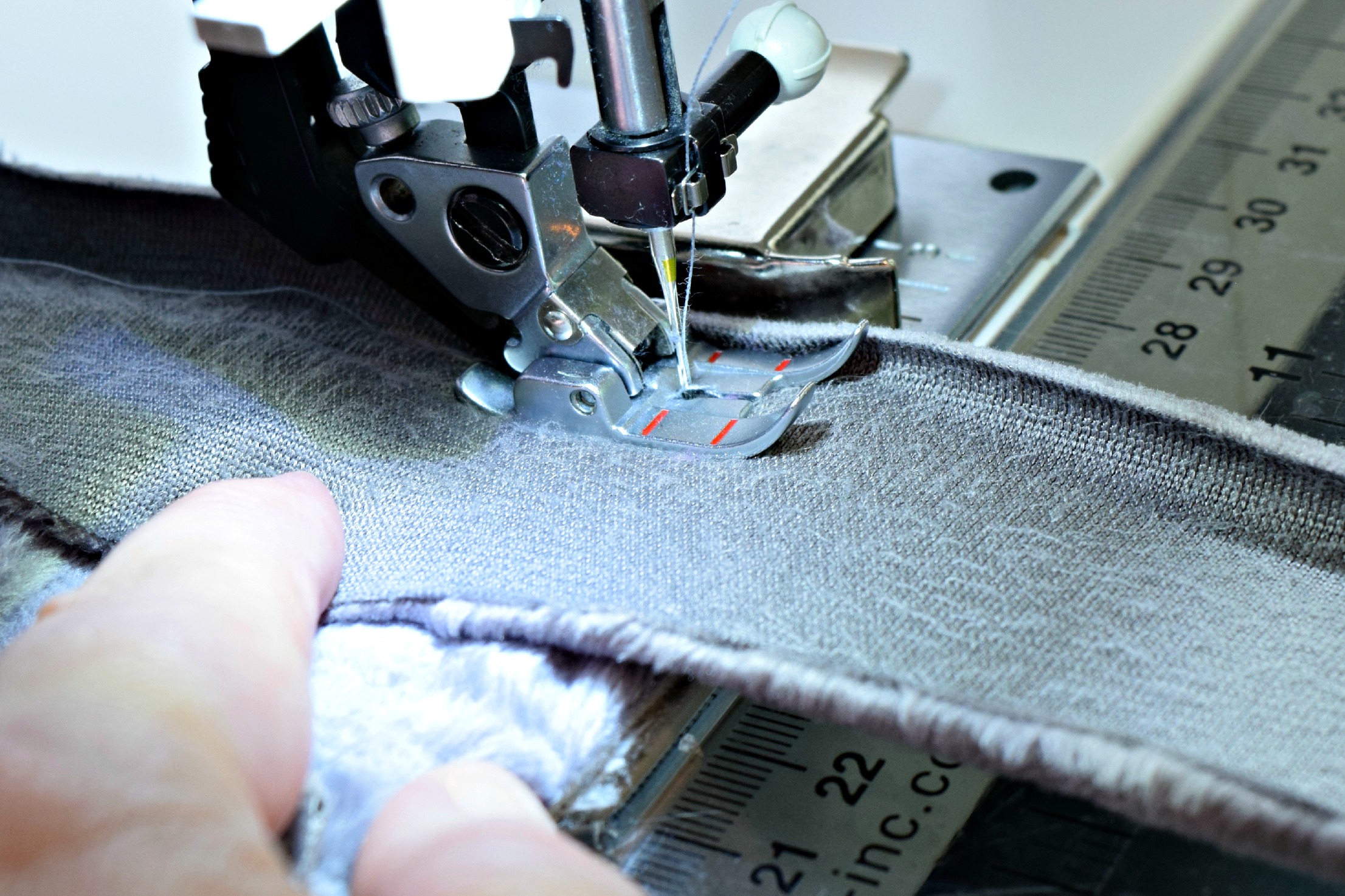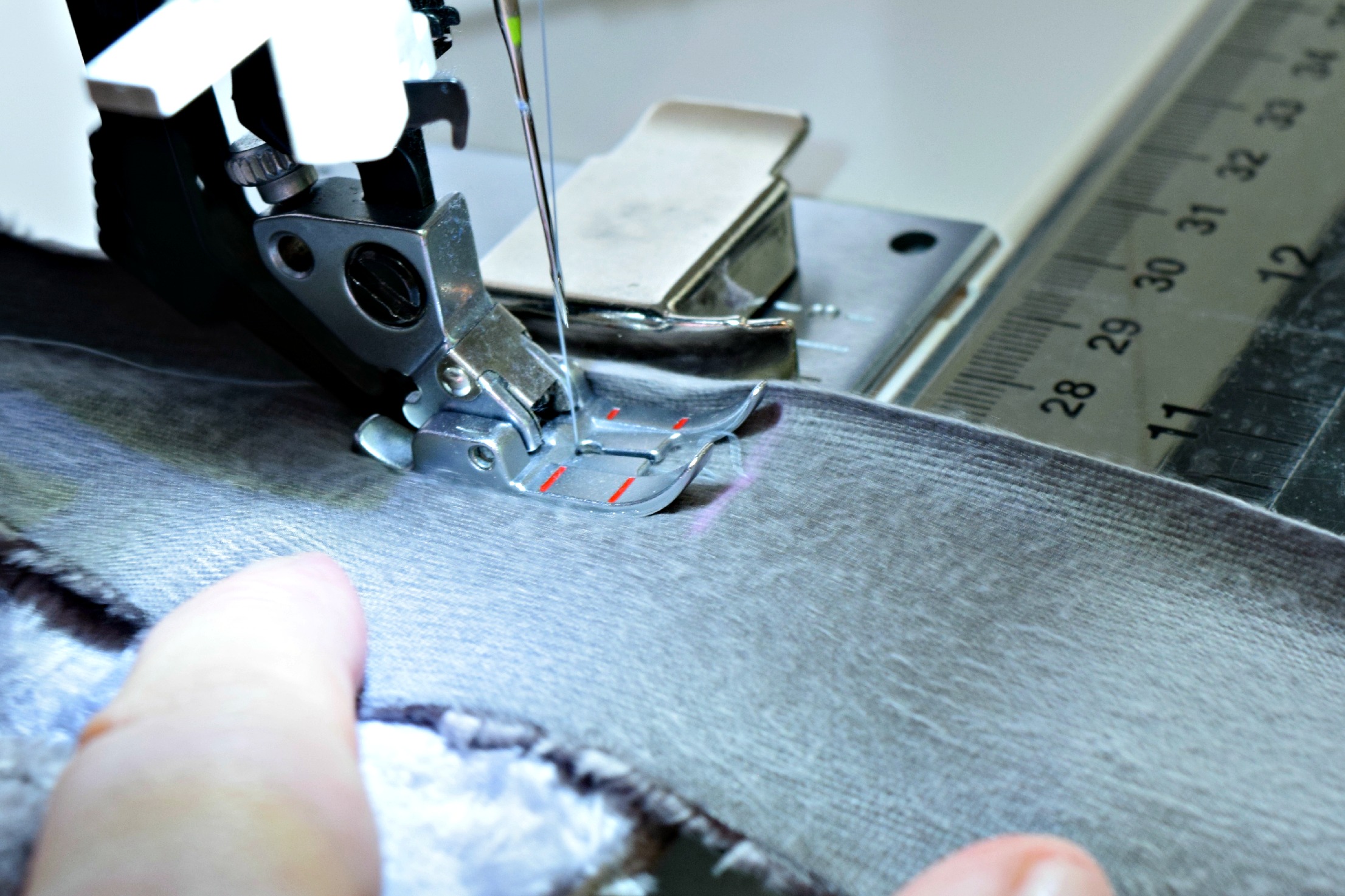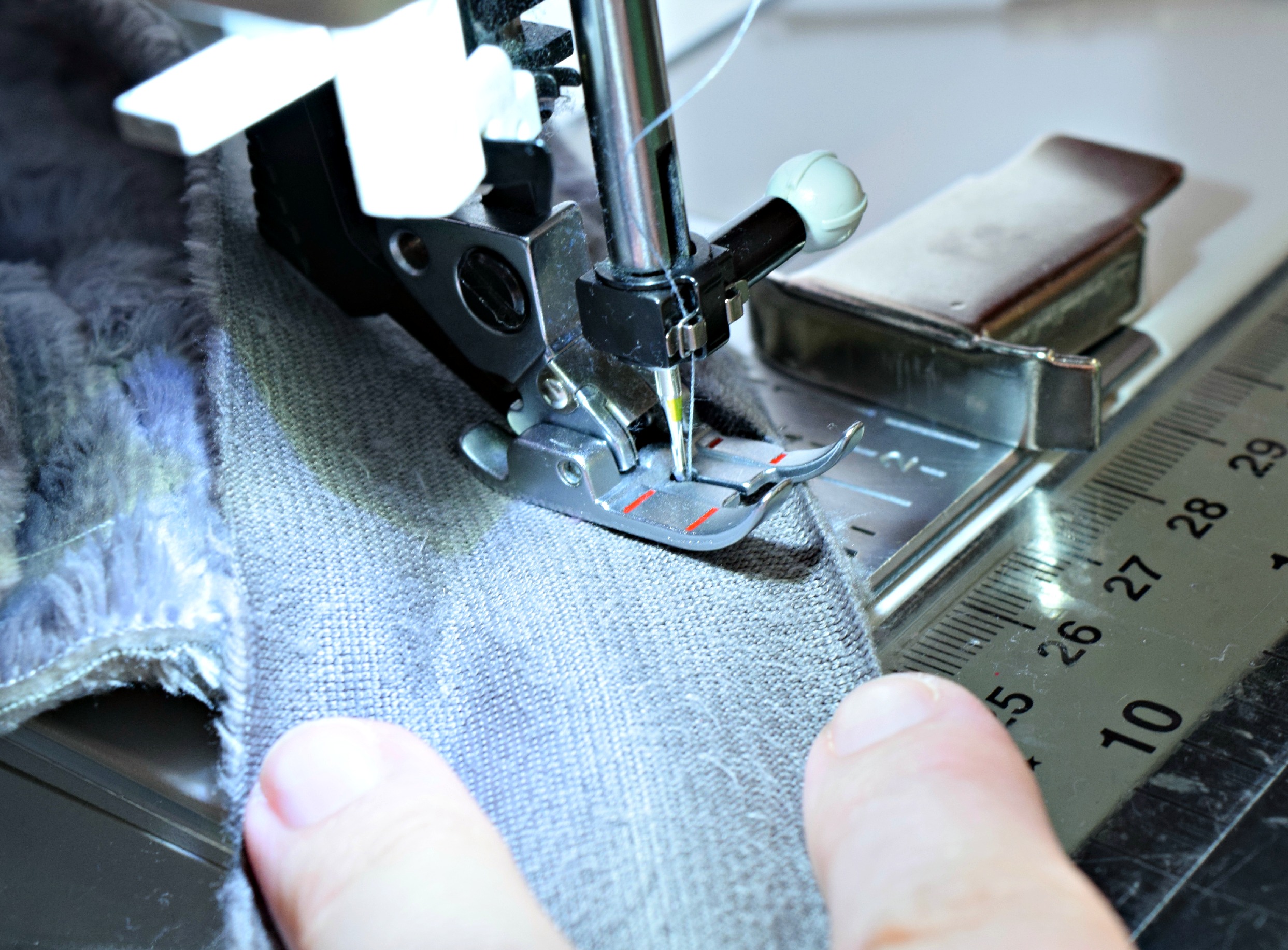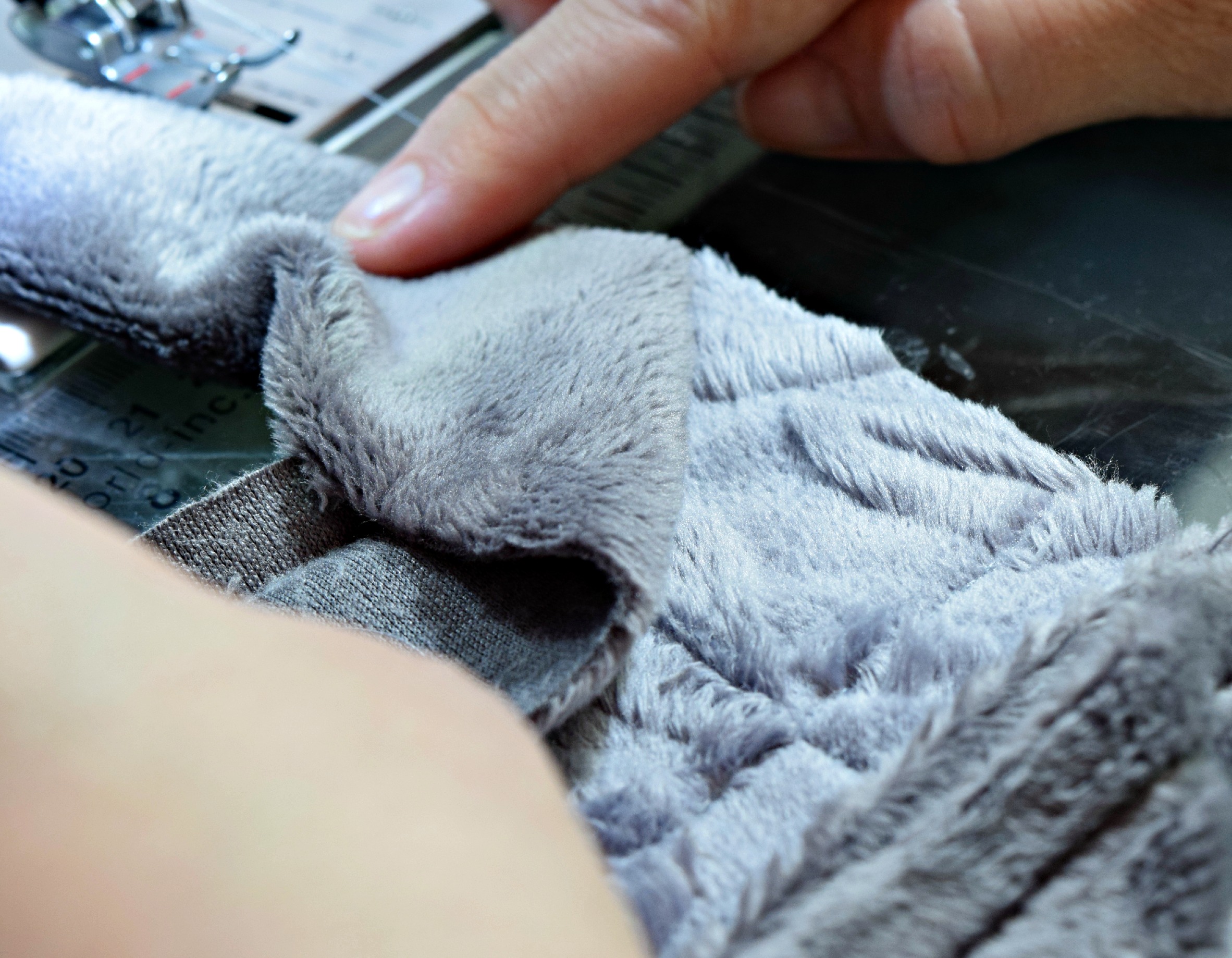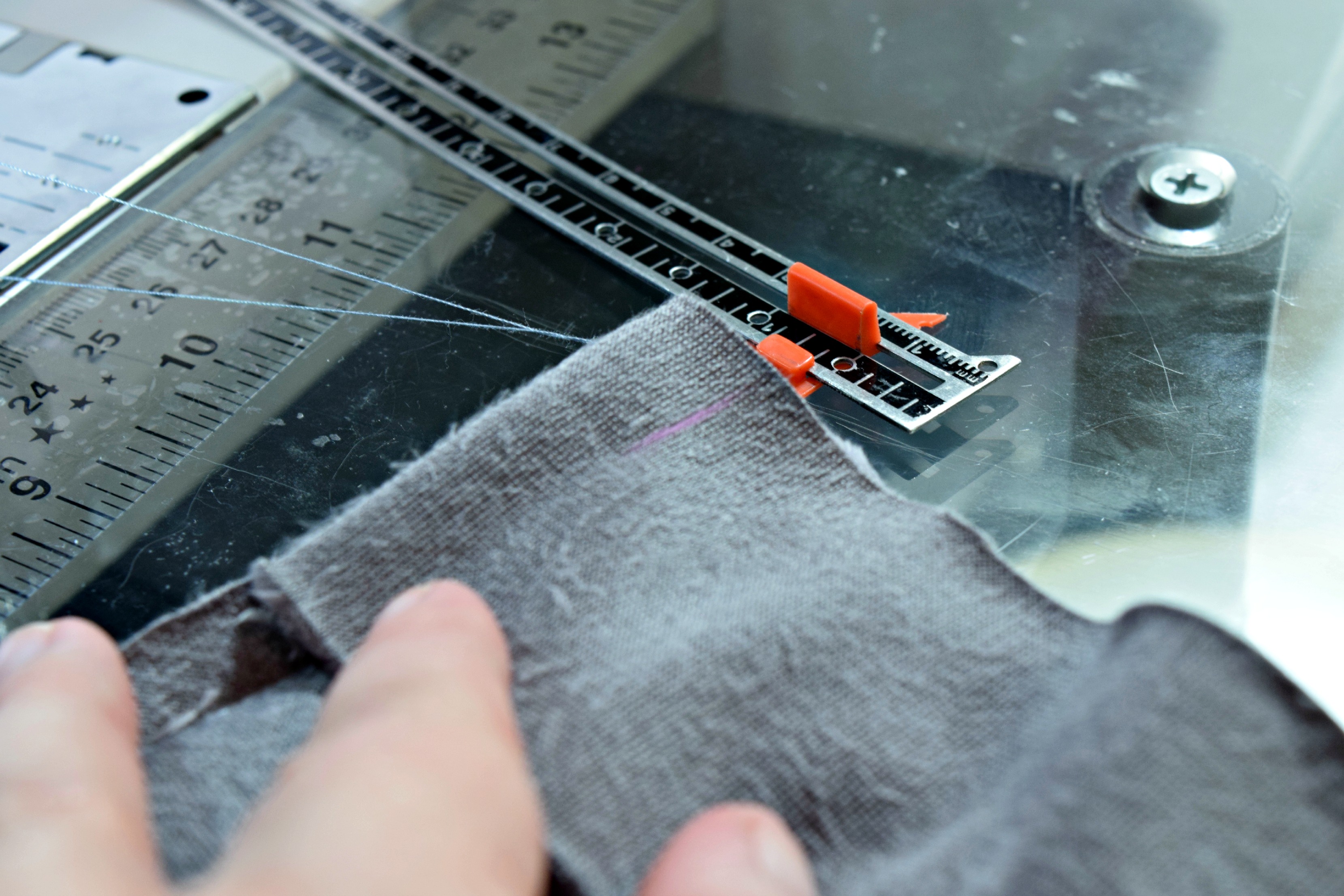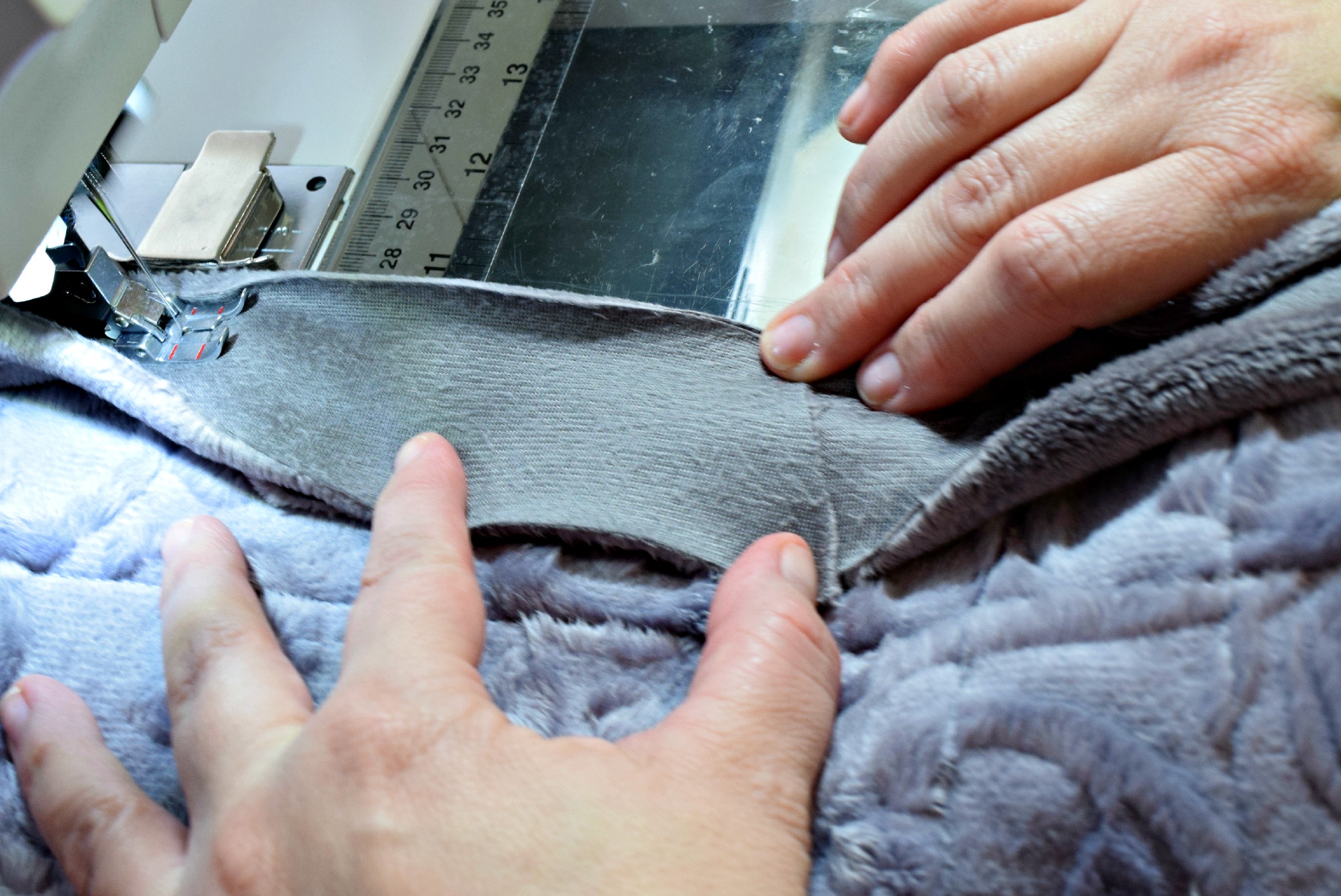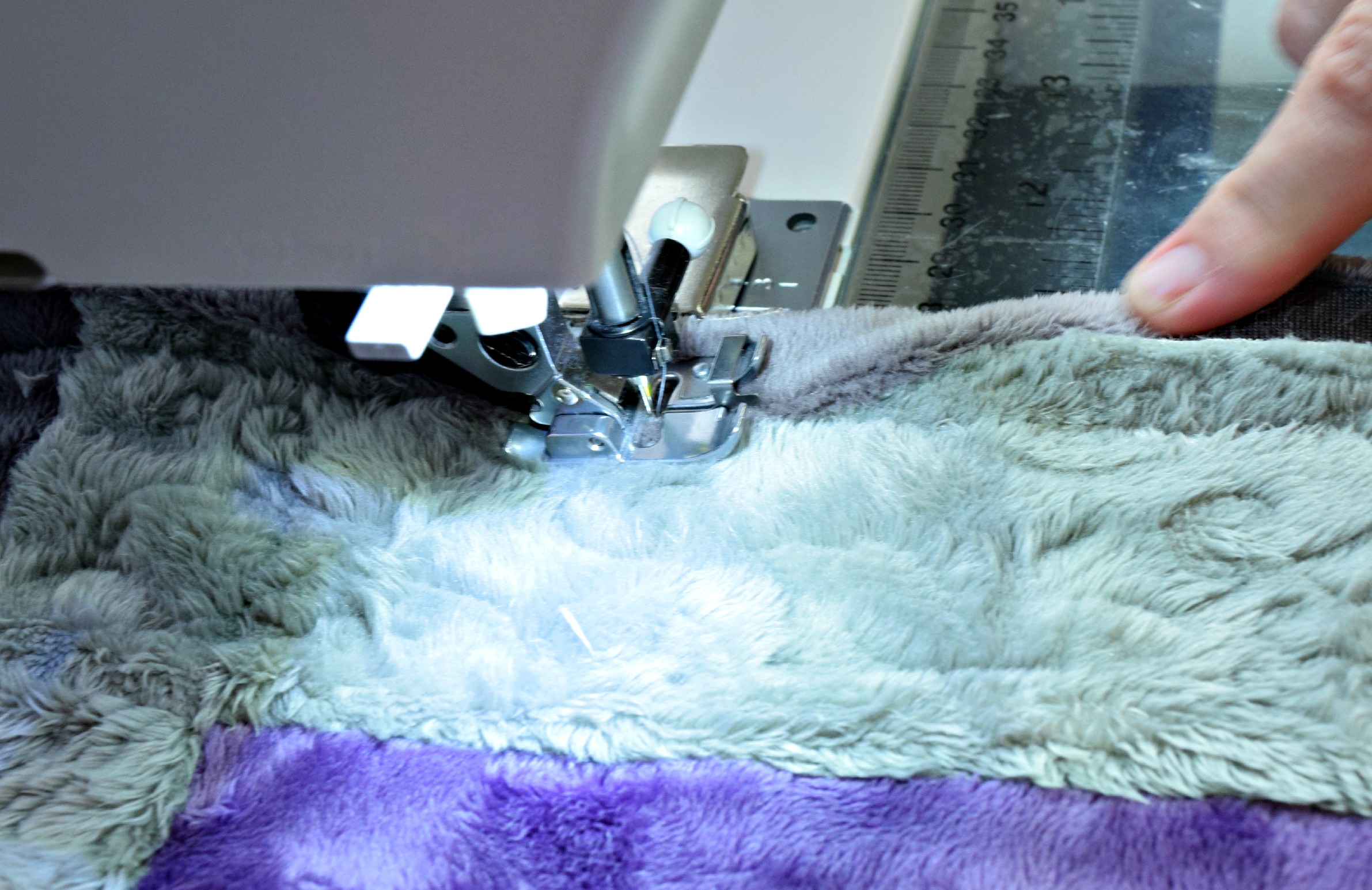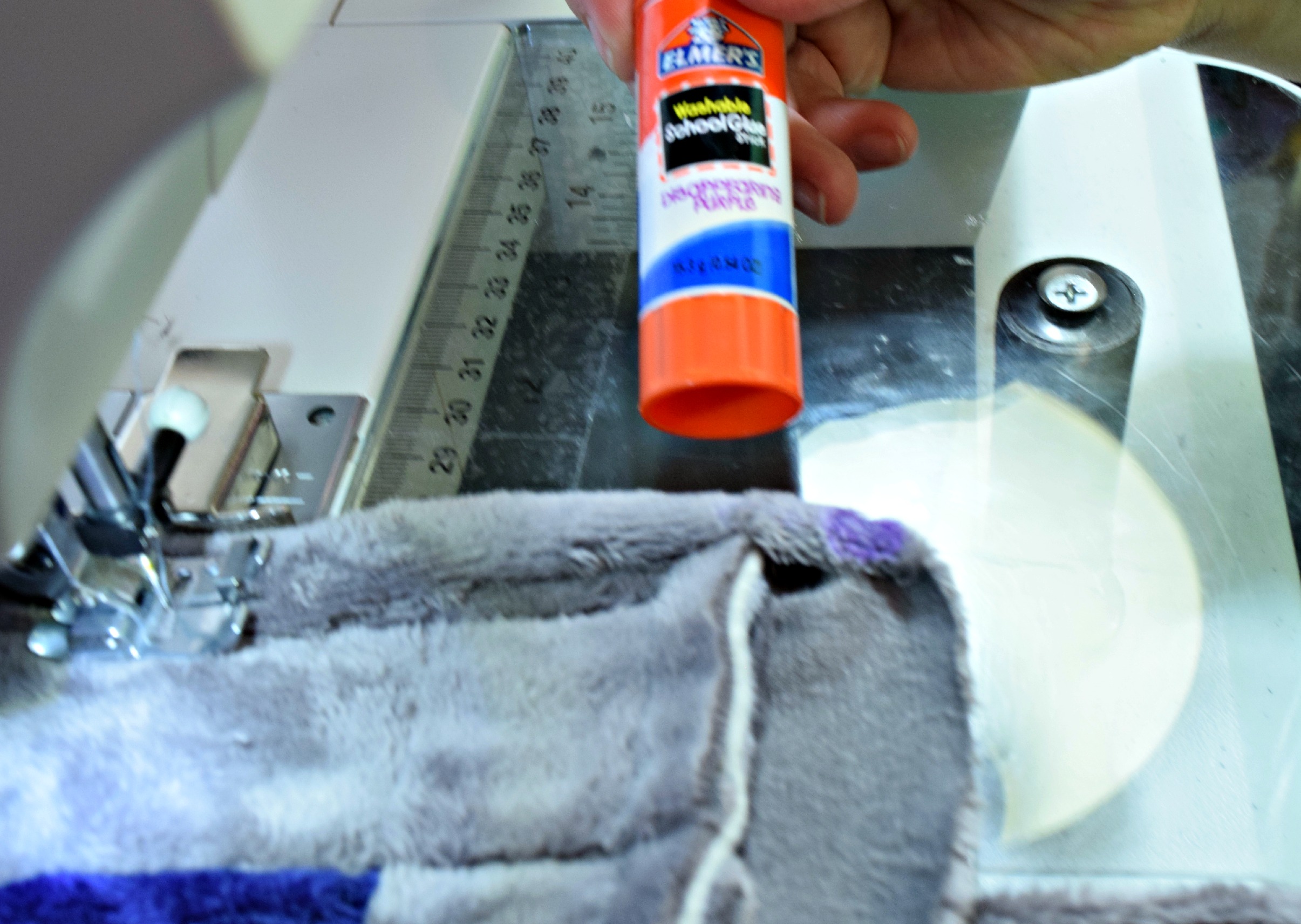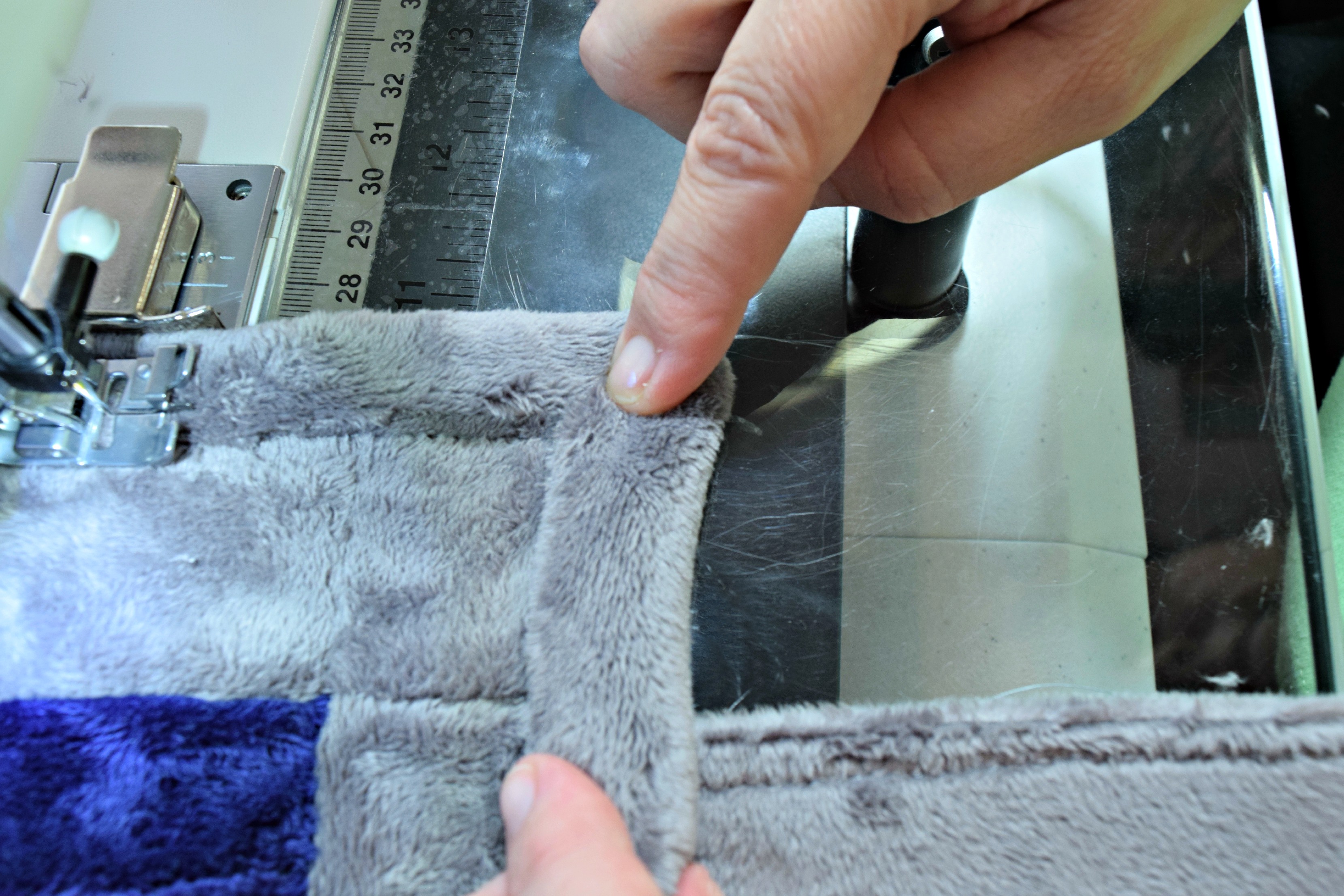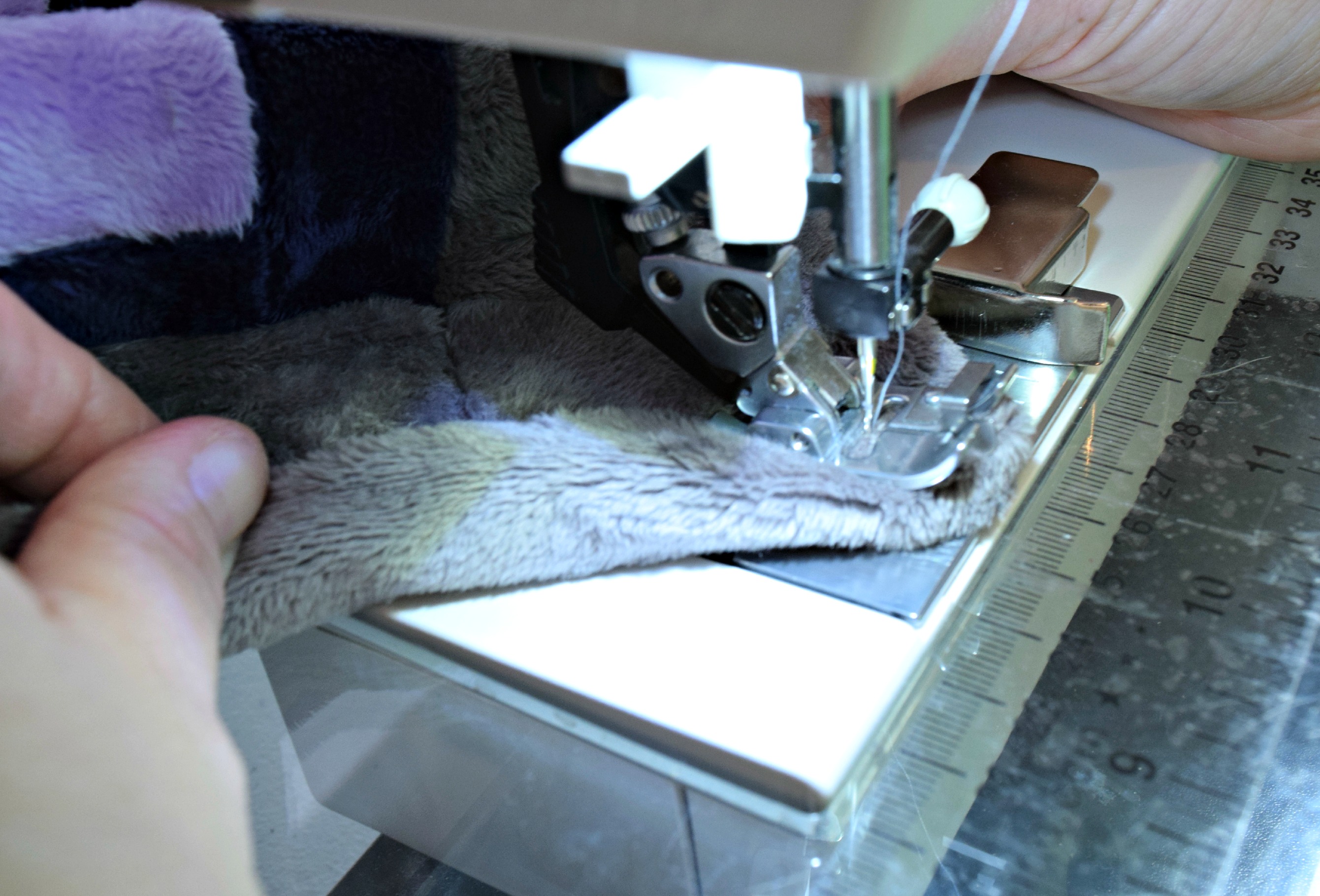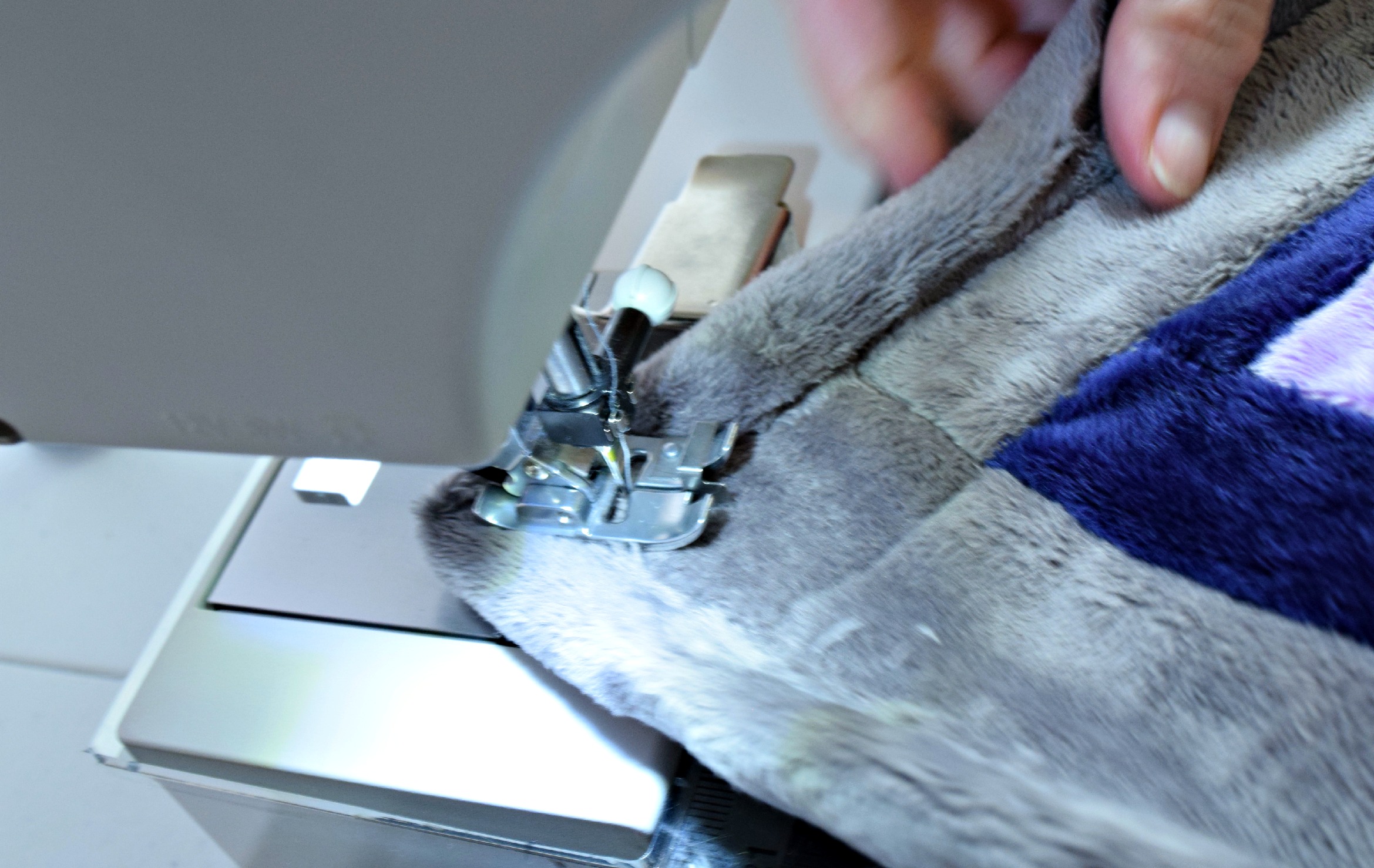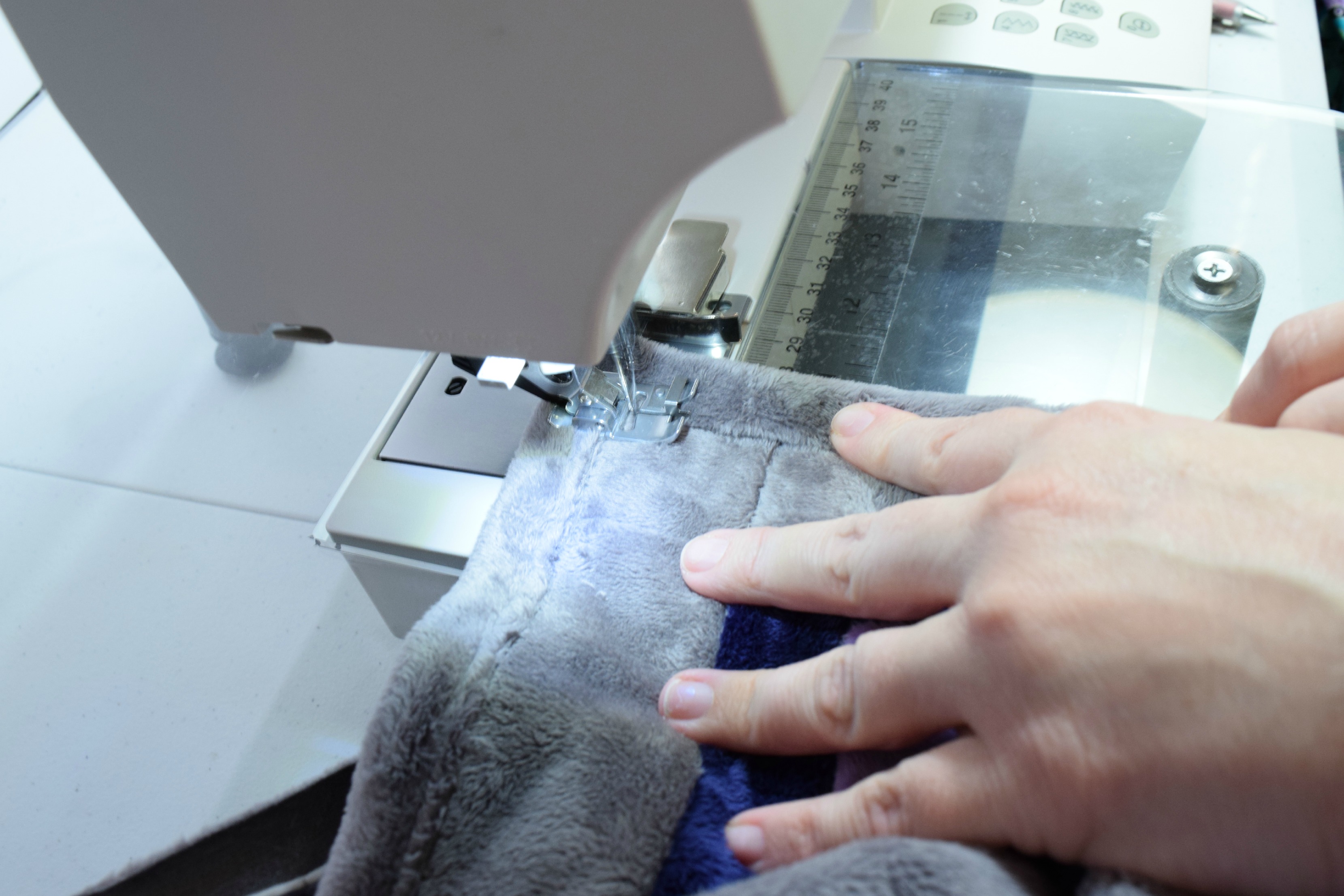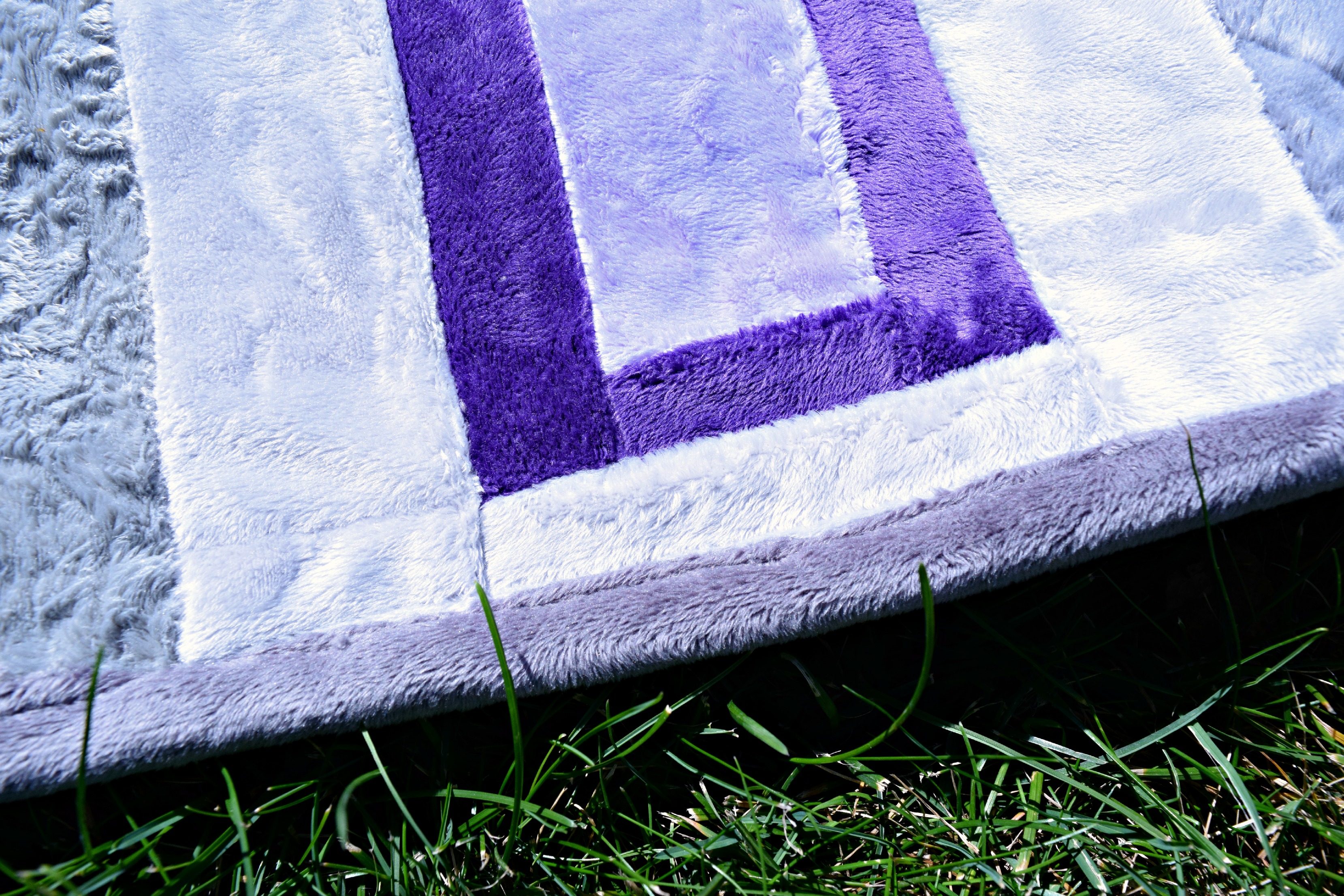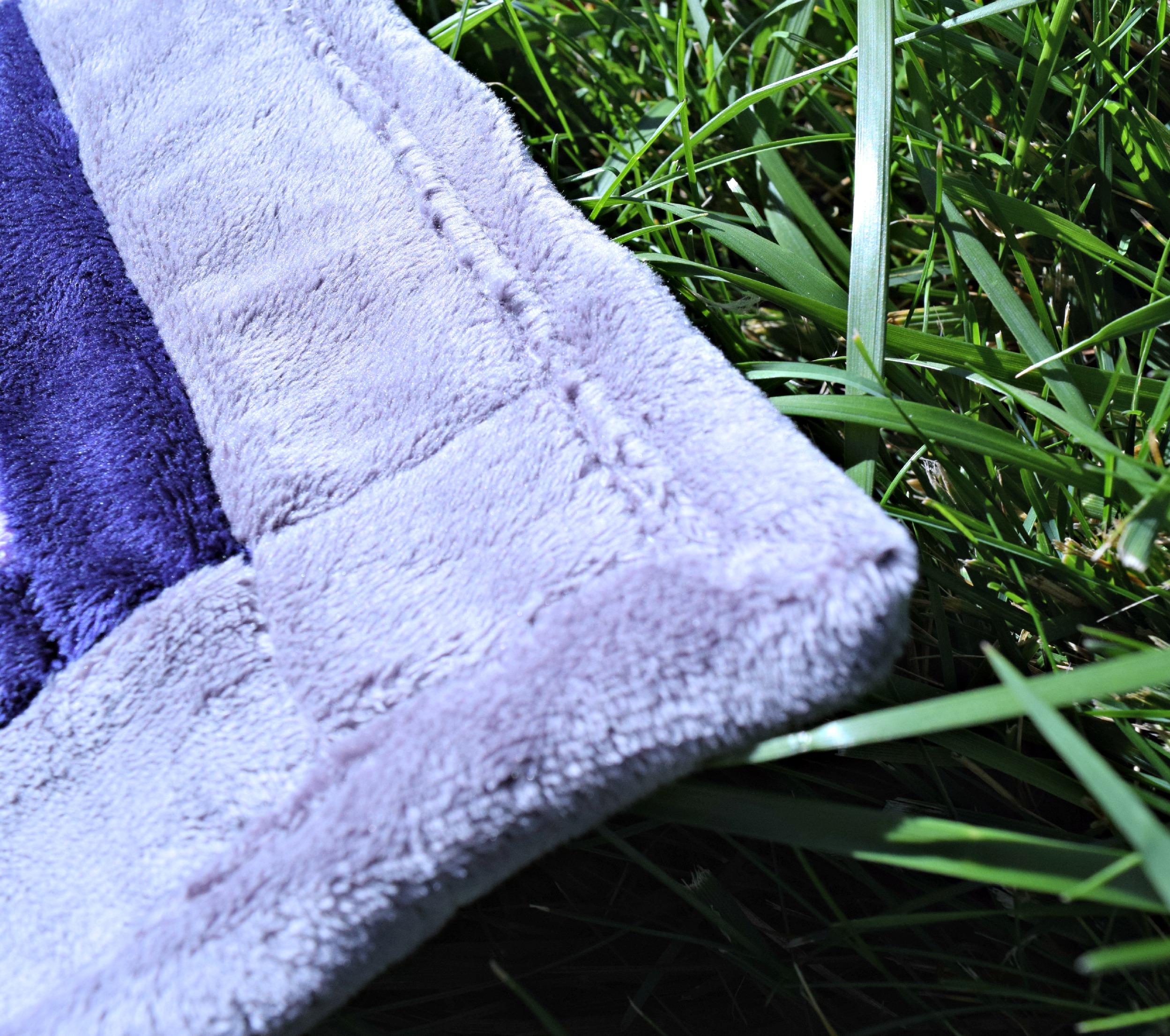Thread! Glorious Thread! Now I Have to Pick One.
When I teach beginning quilters, I am often asked about thread. My heart dies a tiny bit each time students ask me “Can I use any type of thread for piecing?”, while holding a cone of stretchy, serger thread. Or, “The brand of thread doesn’t matter, does it?” while winding a bobbin with 2 for $3 mystery thread. Yes, it matters what type of thread you use. And, yes, just like the name Levi’s on a pair of jeans indicates it will be of better quality than a pair of jeans from Walmart, sometimes the brand matters.
 I have done all kinds of sewing, garments, costumes, doll clothes, home decorating, and, of course, machine quilting. So, I have tried all kinds of thread and have an extensive collection. I want to share with you my thread philosophy, a bit about needles, what thread qualities work well for piecing thread and what qualities work well for quilting. Full disclosure, after trying many brands, my favorite, is Aurifil. However, even though it meets all my needs, please, find what works best for you.
I have done all kinds of sewing, garments, costumes, doll clothes, home decorating, and, of course, machine quilting. So, I have tried all kinds of thread and have an extensive collection. I want to share with you my thread philosophy, a bit about needles, what thread qualities work well for piecing thread and what qualities work well for quilting. Full disclosure, after trying many brands, my favorite, is Aurifil. However, even though it meets all my needs, please, find what works best for you.
My Thread Philosophy
Thread is a tool. You have to decide what you want the end result to be and adjust your tools to fit the purpose. You are investing your time and talents into your projects! Buy the best tools you can afford, learn to use them and you will get better results. I almost always make a test piece when I am working with a new thread. To make a test piece, use the same fabrics and batting from the project and try the thread. Test your tension, thread, needles, stitches, whatever is new and might mess you up later.
A Bit About Needles
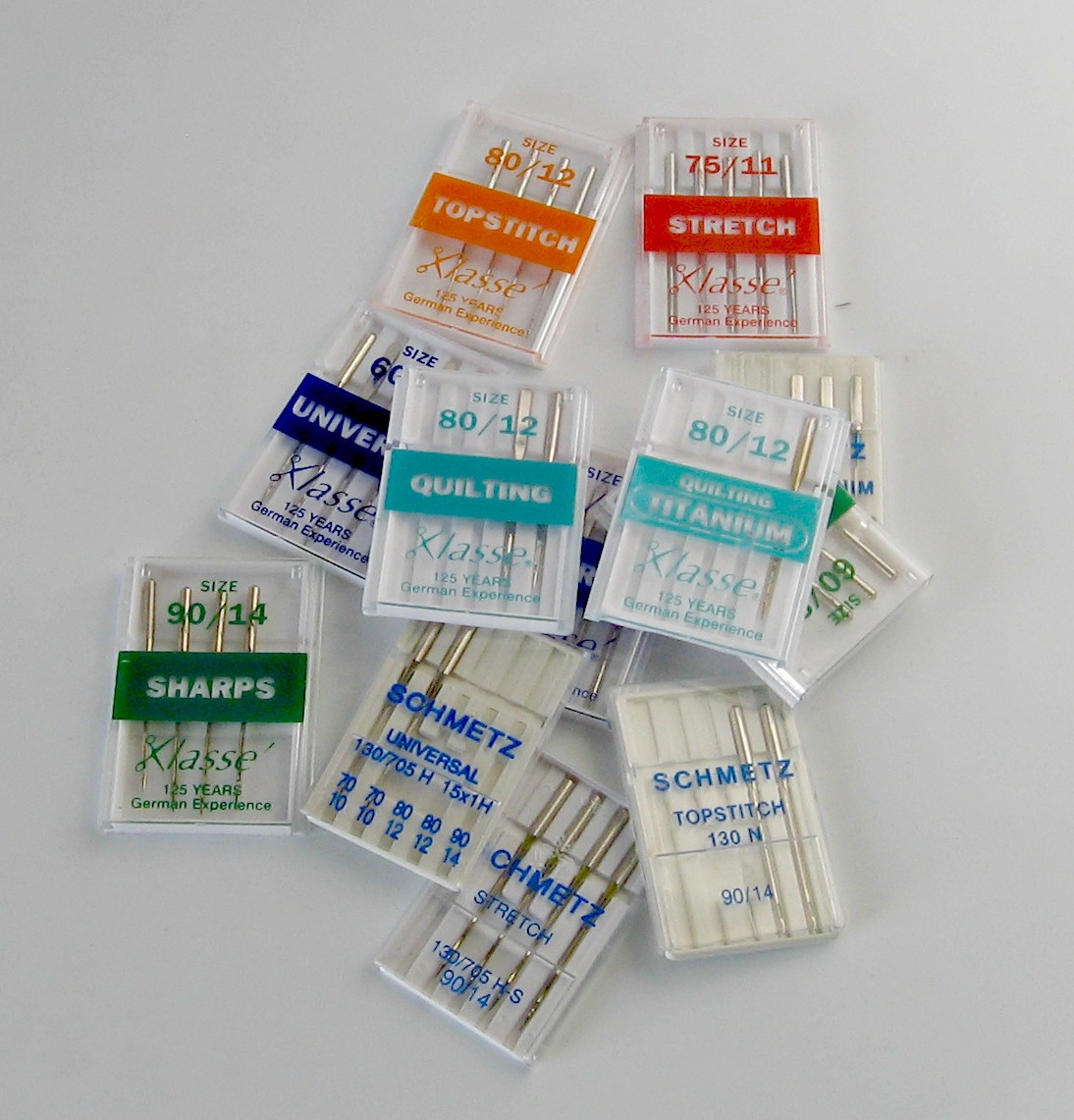 Always match your needle to your thread. The needle number indicates the size of the thread, a larger numbered needle goes with a larger thread. The kind of needle, i.e. sharps, stretch, quilting, indicates the type of sewing you want to do. Match the needle to the thread and the task.
Always match your needle to your thread. The needle number indicates the size of the thread, a larger numbered needle goes with a larger thread. The kind of needle, i.e. sharps, stretch, quilting, indicates the type of sewing you want to do. Match the needle to the thread and the task.
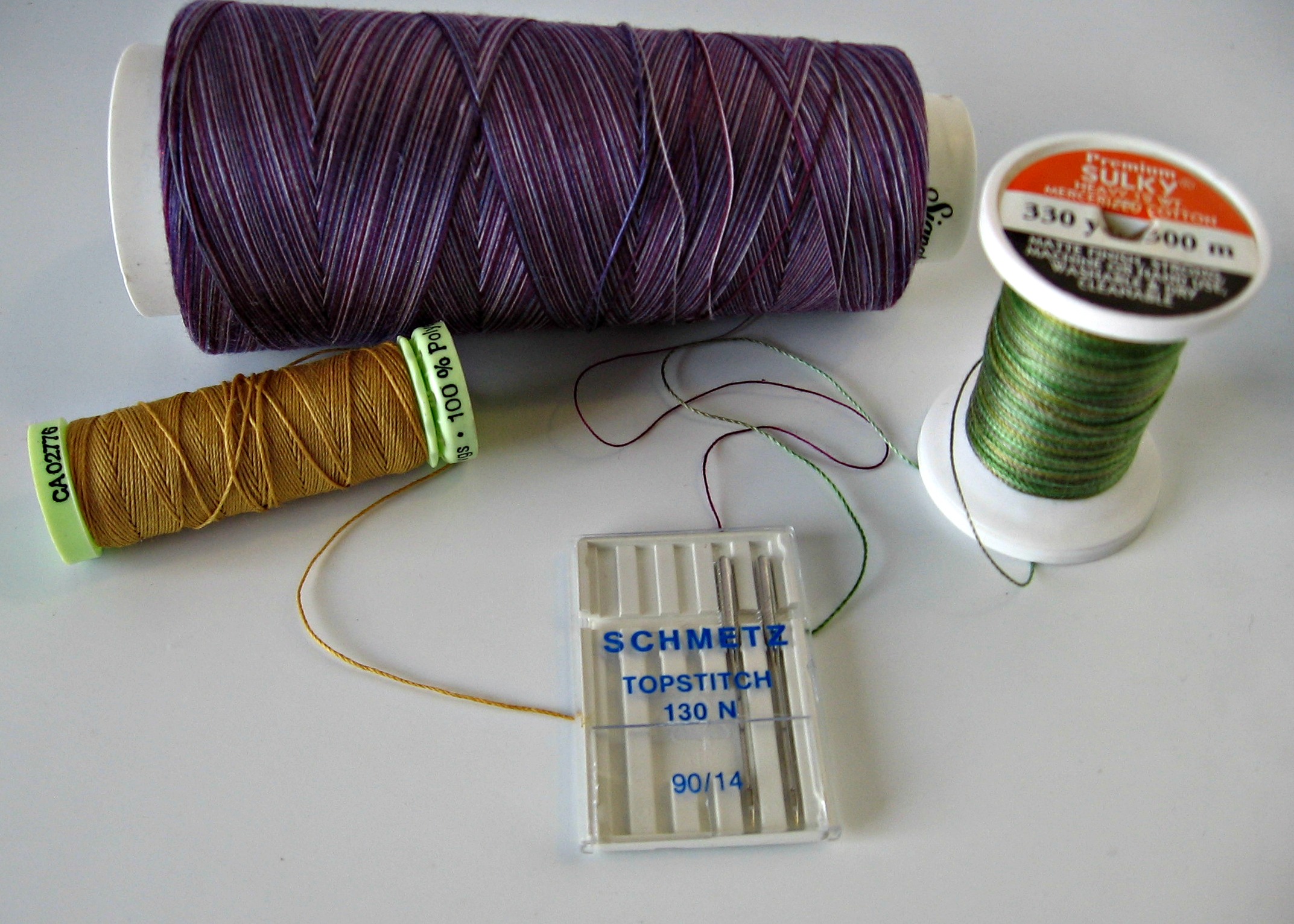
 Some people advise using a new needle whenever you start a new project or change to a new needle after every 8 hours. I don’t. I think there are too many variables! What if my project was a pot holder and took me only 2 hours, do I have to put in a new needle on the next project? Or what if I started one project and had to switch to something else, do I have to track the hours for each project and replace it after the time is up? How irritating! I have enough to keep track of, thank you. And, it seems to me, I would waste a ton of needles.
Some people advise using a new needle whenever you start a new project or change to a new needle after every 8 hours. I don’t. I think there are too many variables! What if my project was a pot holder and took me only 2 hours, do I have to put in a new needle on the next project? Or what if I started one project and had to switch to something else, do I have to track the hours for each project and replace it after the time is up? How irritating! I have enough to keep track of, thank you. And, it seems to me, I would waste a ton of needles.
My method is based on two needs. One, I change needles when I change thread types. Like I stated above, match the needle to the thread and the task. If I switch to a larger decorative thread, it is time to change the needle. Two, I put in a new needle when I encounter a problem. For example, If my machine starts skipping stitches, it is time to replace the needle. If I jammed the needle on a pin or the throat plate, it is most likely bent, it is time to replace the needle. Remember, the method serves you, you don’t serve the method.
What I Look For in A Piecing Thread
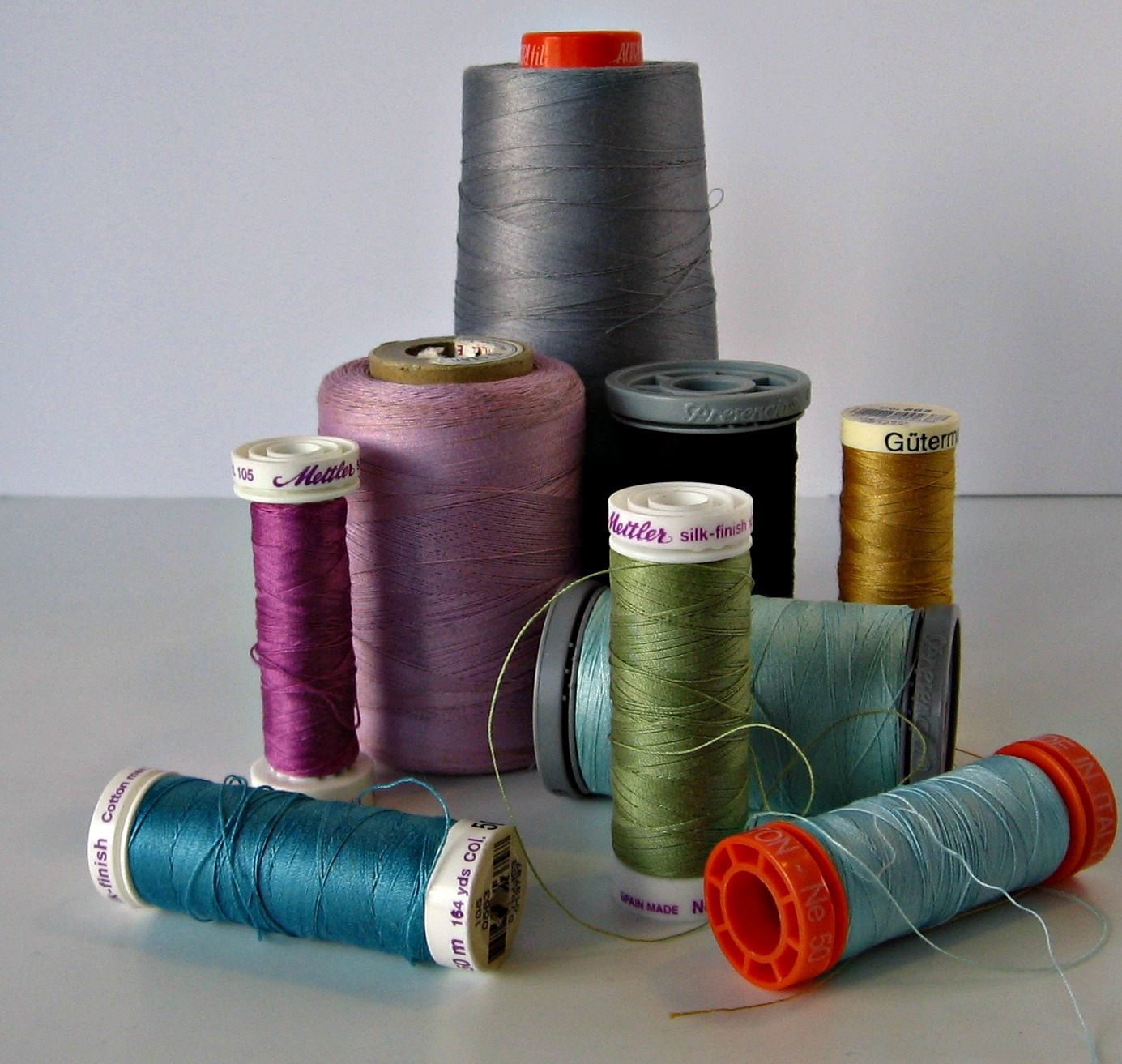 What I want in a piecing thread is a workhorse: cotton, smooth, thin and low-lint. I want 100% cotton. I always piece with 100% cotton, I feel my thread should match my fabric type so they will not fight each other but will stretch and move together. I want something smooth so it flows freely and doesn’t tangle. I want something thin so when I press the fabric, the thread doesn’t take up a 1/16th of an inch, throwing off my accuracy. I want something strong so it will not break while I am sewing and will help the quilt to last longer. I want a thread that is a low-lint producer so I don’t have to clean my entire bobbin mechanism every time I change my bobbin!
What I want in a piecing thread is a workhorse: cotton, smooth, thin and low-lint. I want 100% cotton. I always piece with 100% cotton, I feel my thread should match my fabric type so they will not fight each other but will stretch and move together. I want something smooth so it flows freely and doesn’t tangle. I want something thin so when I press the fabric, the thread doesn’t take up a 1/16th of an inch, throwing off my accuracy. I want something strong so it will not break while I am sewing and will help the quilt to last longer. I want a thread that is a low-lint producer so I don’t have to clean my entire bobbin mechanism every time I change my bobbin!
As for colors, I use gray for almost everything. It is good to have a spool of black and a spool of white, just in case, but gray is my go to. The one brand I have found that works the very best for me and my machine, hands down, is Aurifil Mako 50 wt. I recommend it to all my students and anyone else who asks. Another thing I really like about Aurifil is that I can buy a huge cone of gray for about $50 and, even with sewing class samples, shop samples, quilts for shows and personal projects, these cones last forever. It is well worth the investment. Even though minky is 100% polyester and NOT cotton, I still use Aurifil for piecing, it works beautifully.
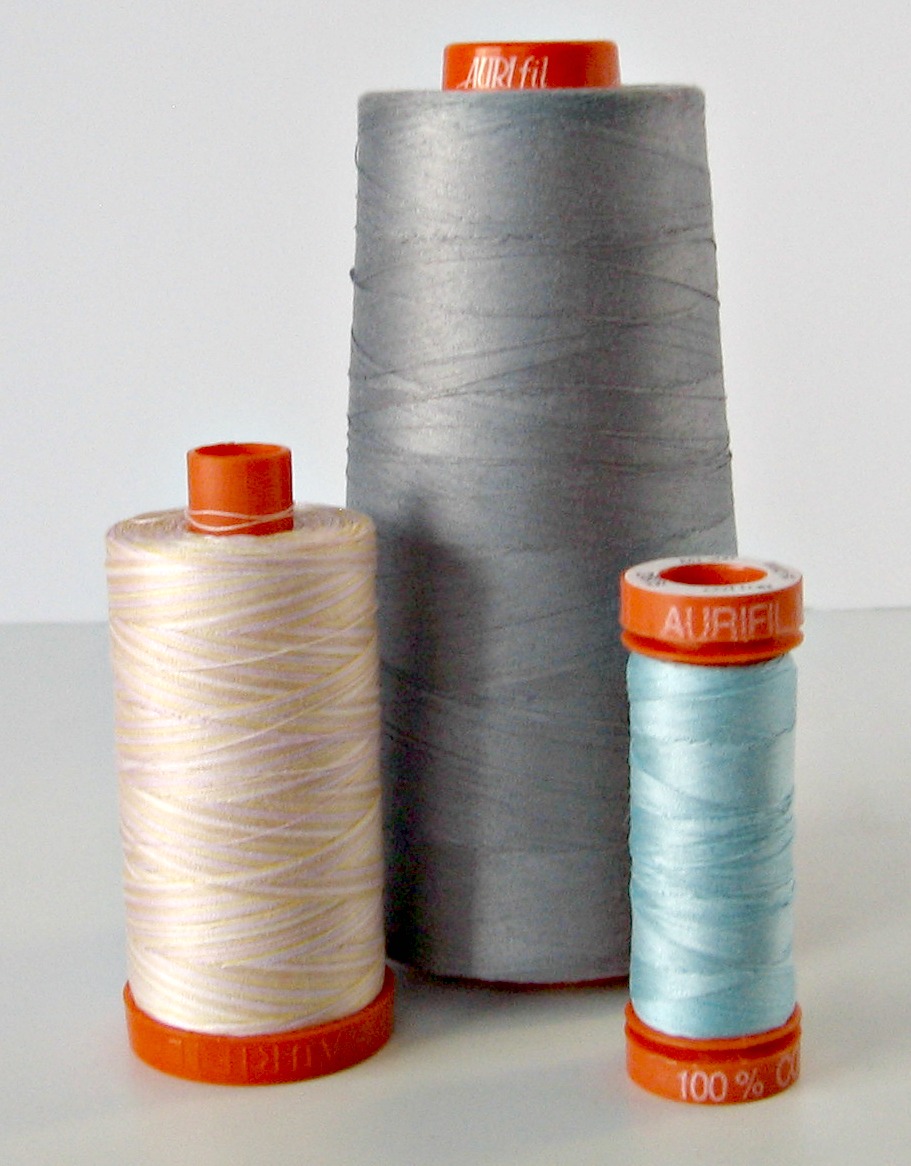 What I Look For In A Quilting Thread
What I Look For In A Quilting Thread
When I think about quilting thread, I ask myself, “How do I want the finished quilt to look?”. I think about how dense or obvious I want the quilting? Are there features I want to highlight? It used to be that only 100% cotton thread was acceptable for quilting. Times have changed. Feel free to try whatever you like. I have used cotton, polyester, rayon, nylon, metallic, monofilament and mystery thread from my grandmother’s wooden spools. I have used thick, thin and everything in between. I have even used different kinds on the same quilt. (This is why I make a test patch, to see what will work!)
 Â Â Â
   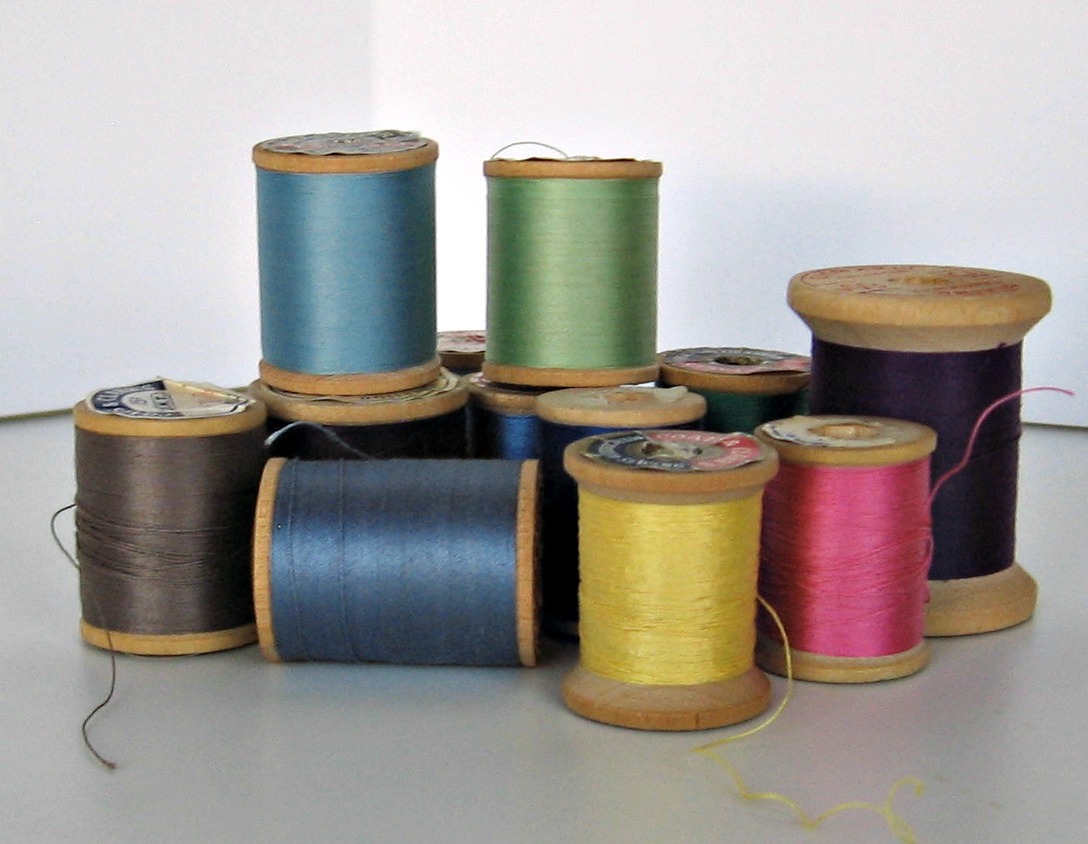 If you are just starting out, try a variegated cotton thread. Cotton is a great fuss-free choice and with the variegated colors, mistakes are not as obvious.
If you are just starting out, try a variegated cotton thread. Cotton is a great fuss-free choice and with the variegated colors, mistakes are not as obvious.
For me, I put a great deal of effort into the design and piecing, I don’t want the quilting to obscure or take away from the design. I like a thread that gives texture and completes the quilt.
I love, love, love the monofilament thread from Aurifil. It is smooth, strong and gives depth. Admittedly, it can be tricky to learn to thread, but you are smart, you can do it and get beautiful results. I even have my beginning students use it in class.
 Because most quilters use colored thread, I think monofilament makes projects unique and interesting.
Because most quilters use colored thread, I think monofilament makes projects unique and interesting.
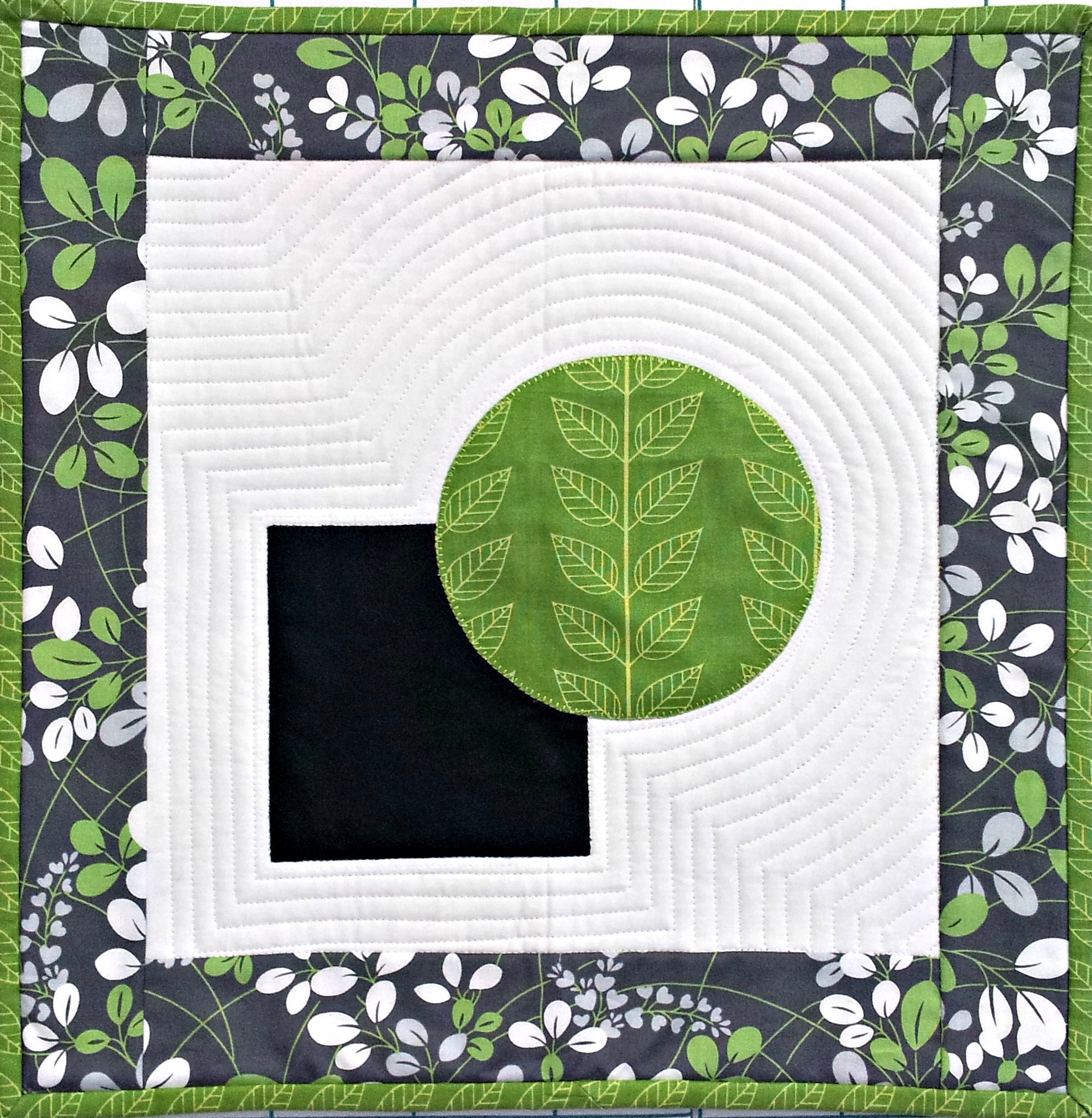 Final Thought
Final Thought
There are no rules in quilting, only realities. The reality is what works best for you. I have shared with you what works best for me. I hope you feel both armed with information and encouraged to see what works for you.
Thanks for reading my blog and happy quilting!
Jenny
For more about me or my patterns, demos, webinars, and classes, check out my website Jenny Kae Quilts
For more about Aurifil thread, go to Aurifil
 #aurifil #jennykaequilts #thread #quilting
#aurifil #jennykaequilts #thread #quilting
